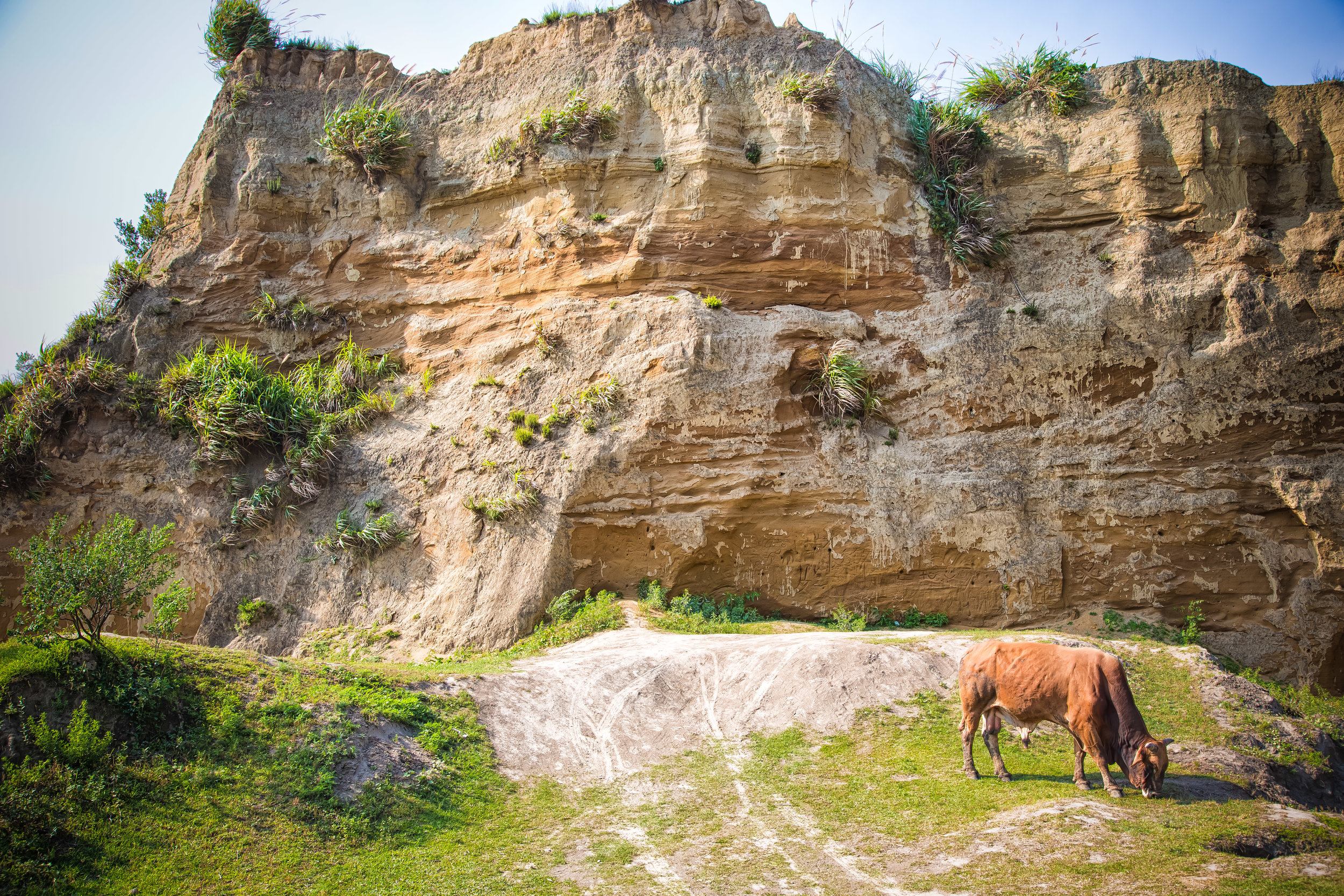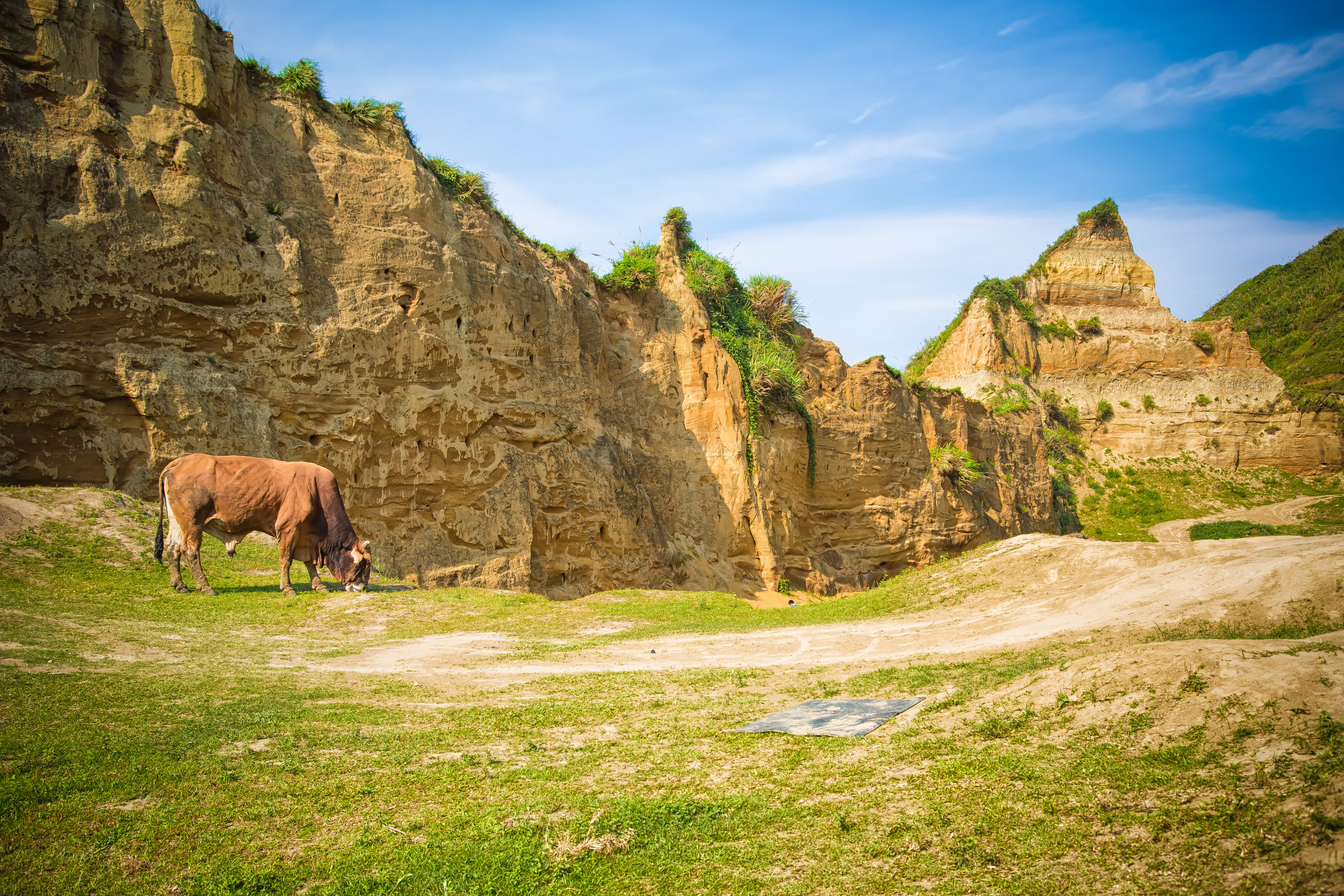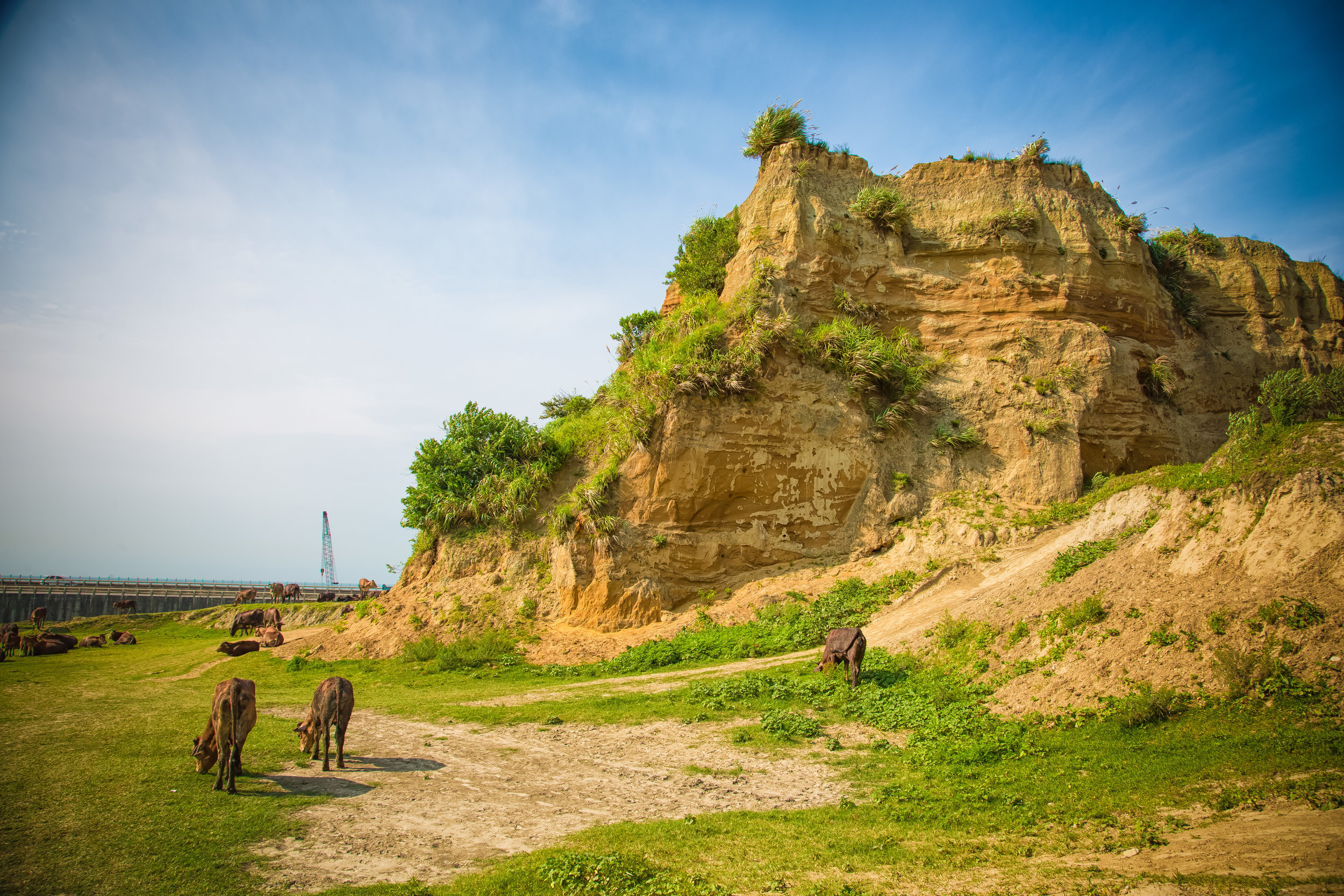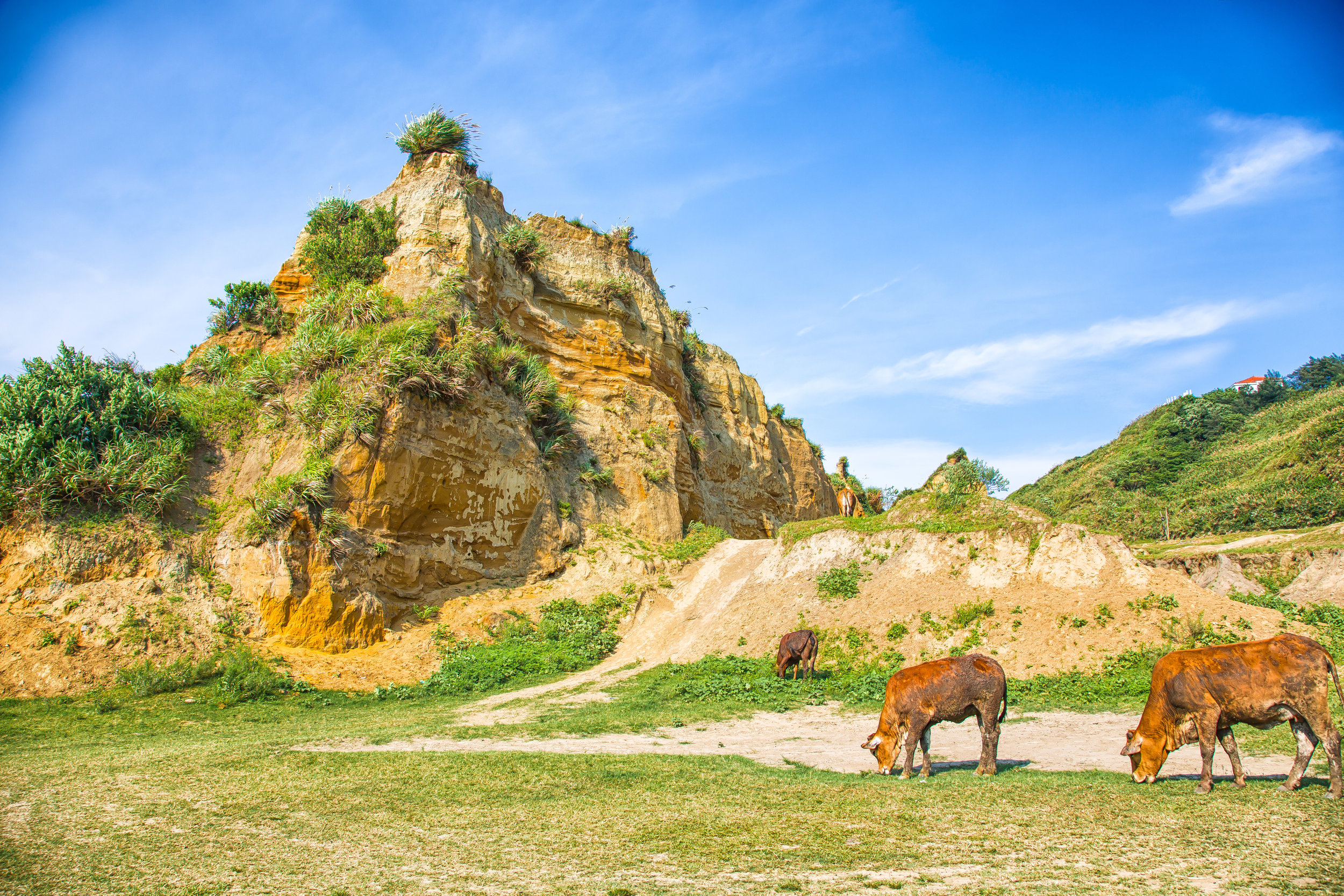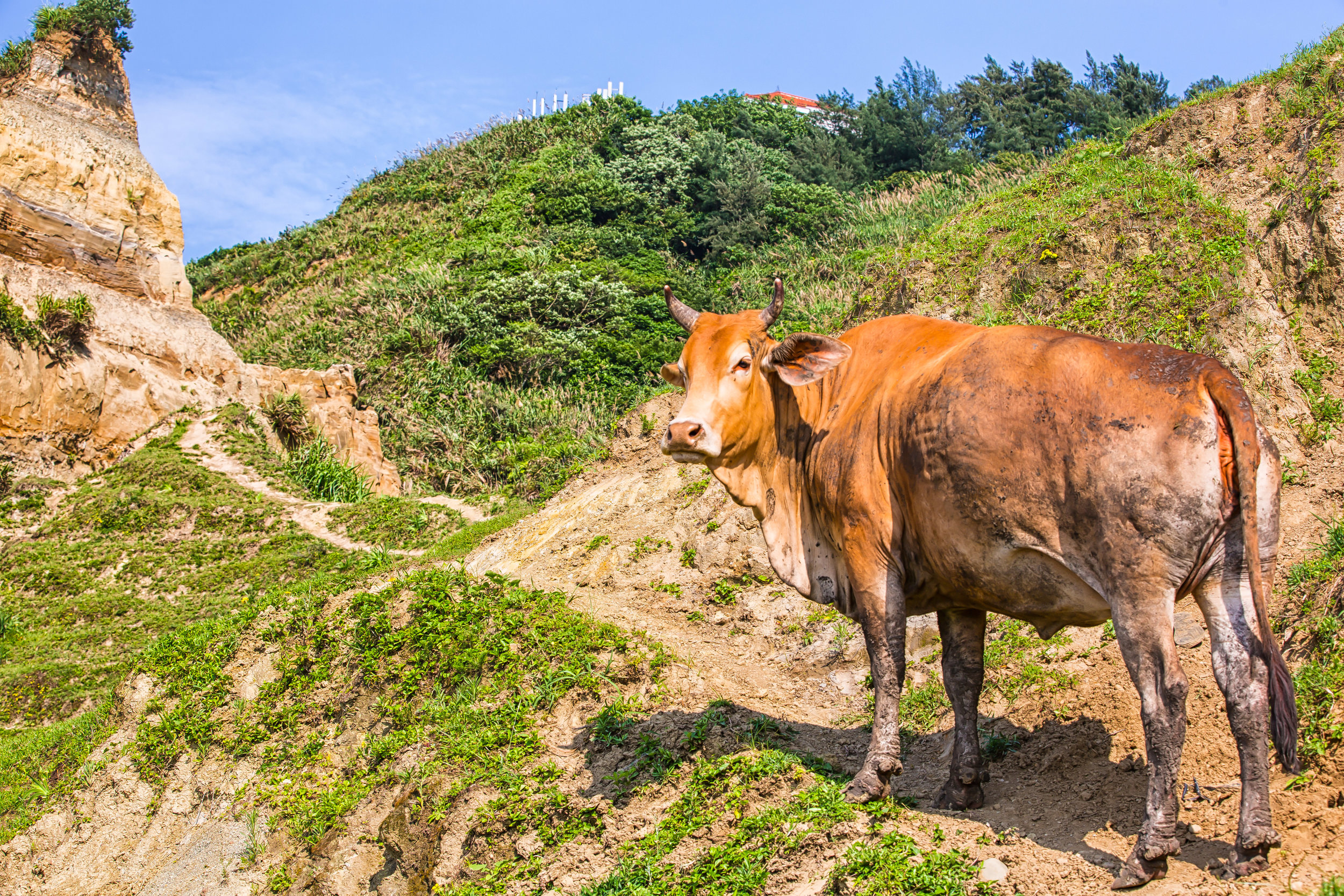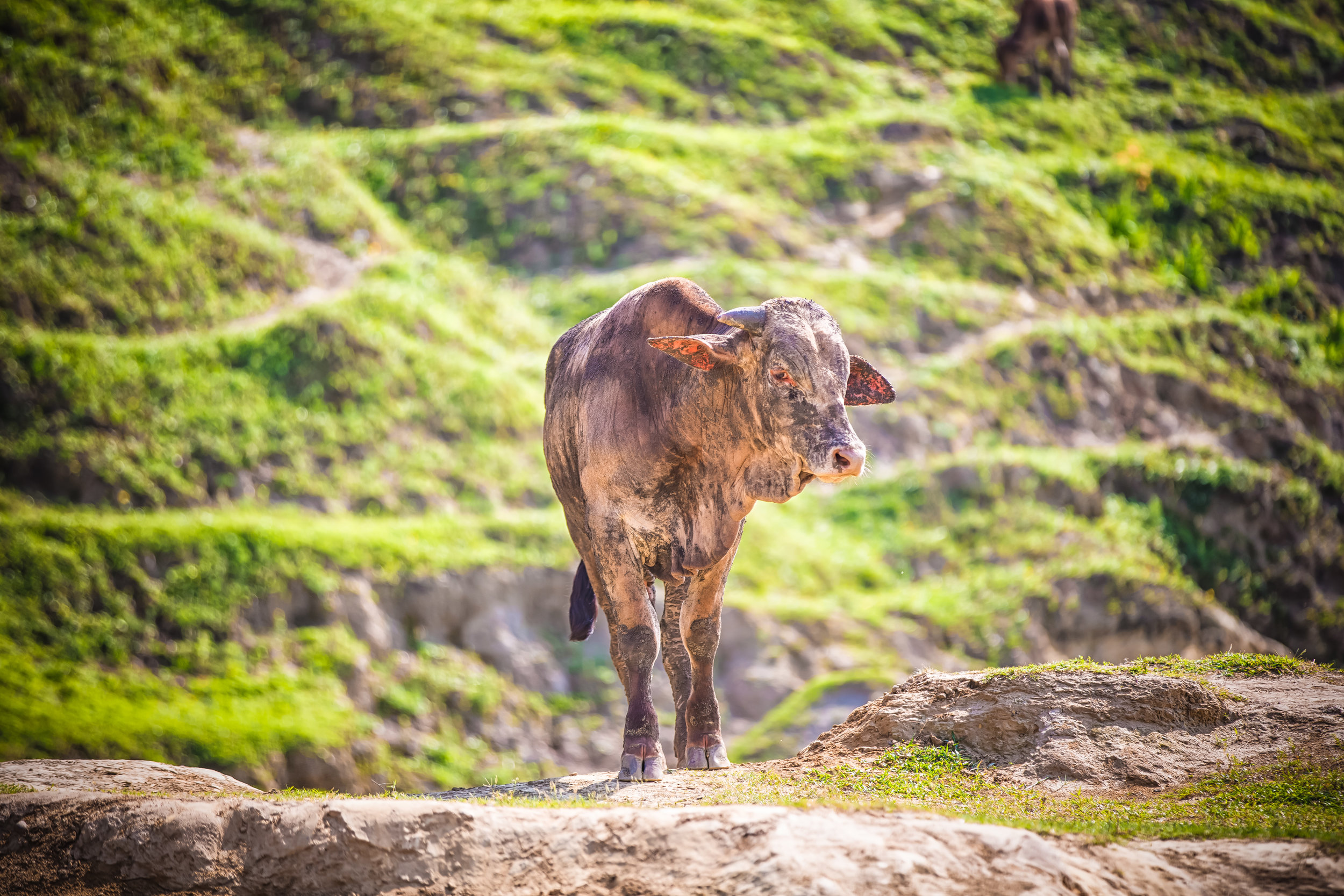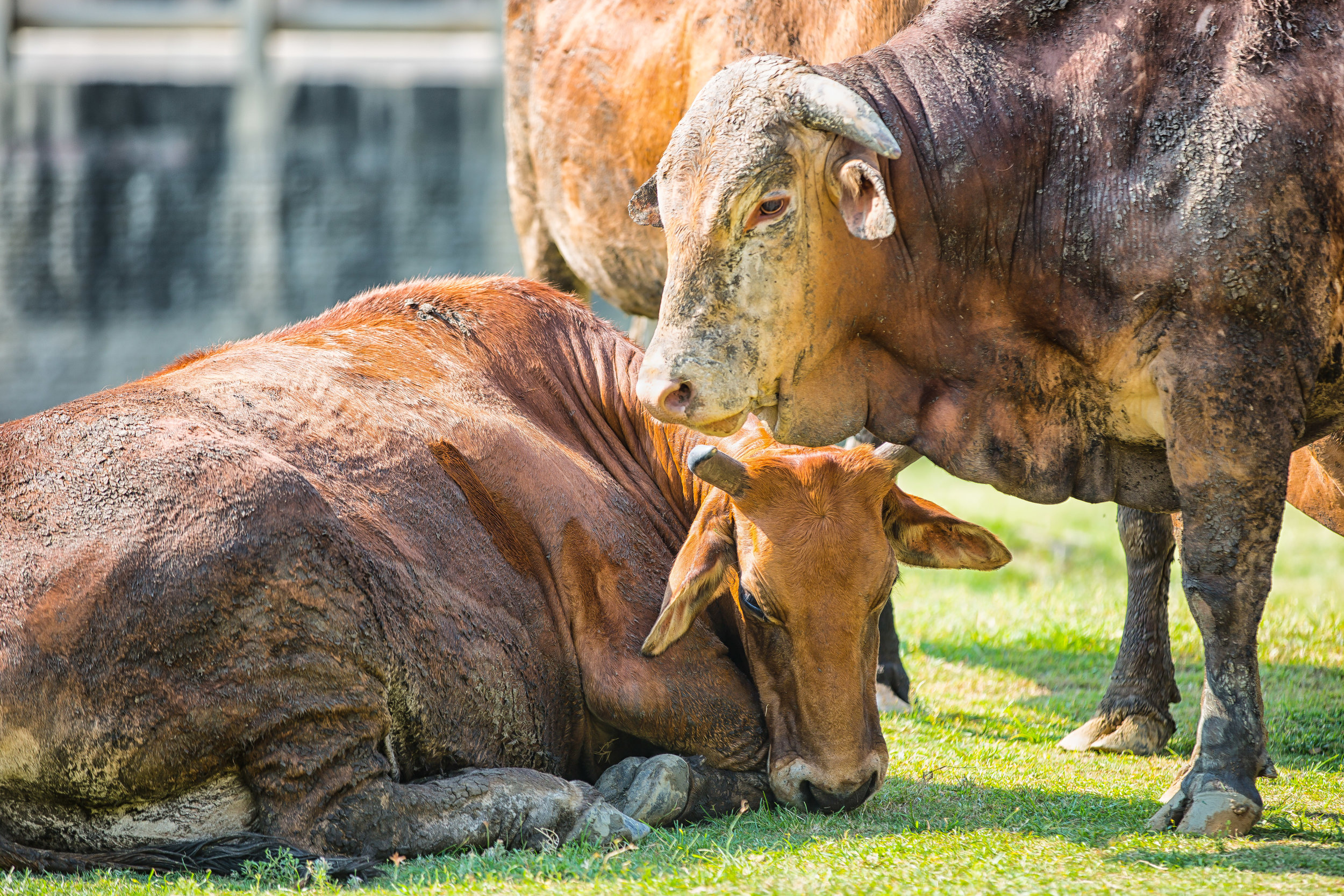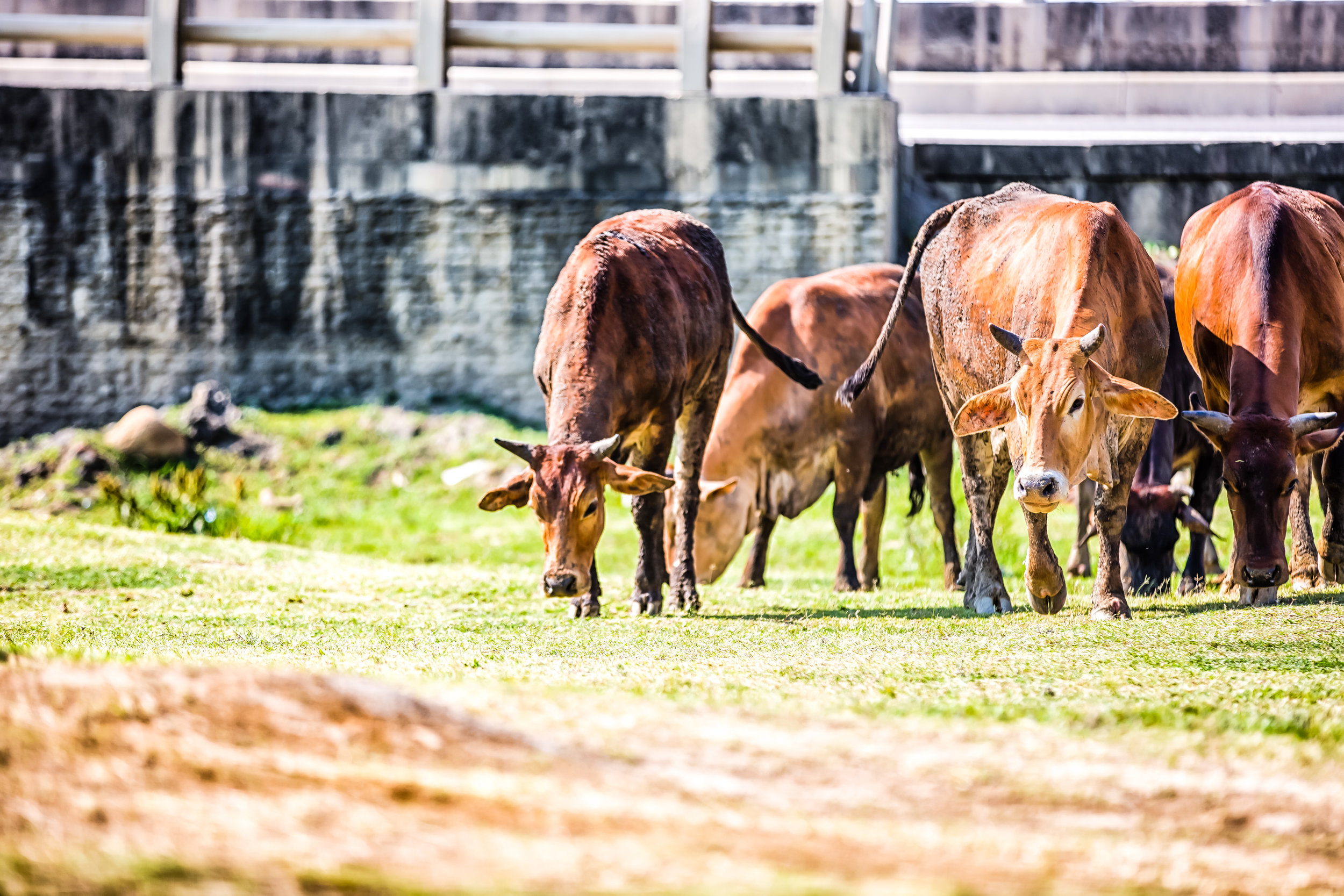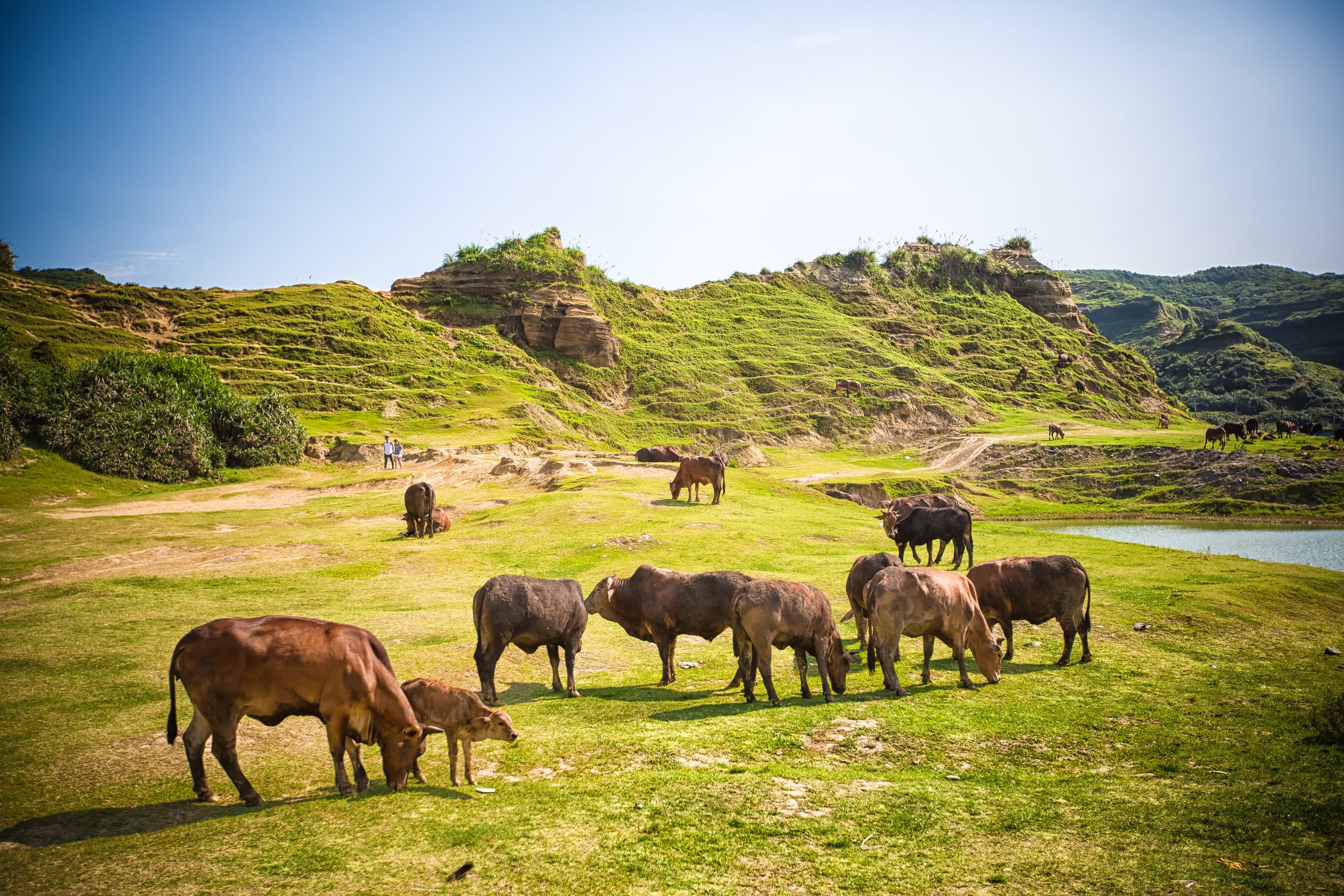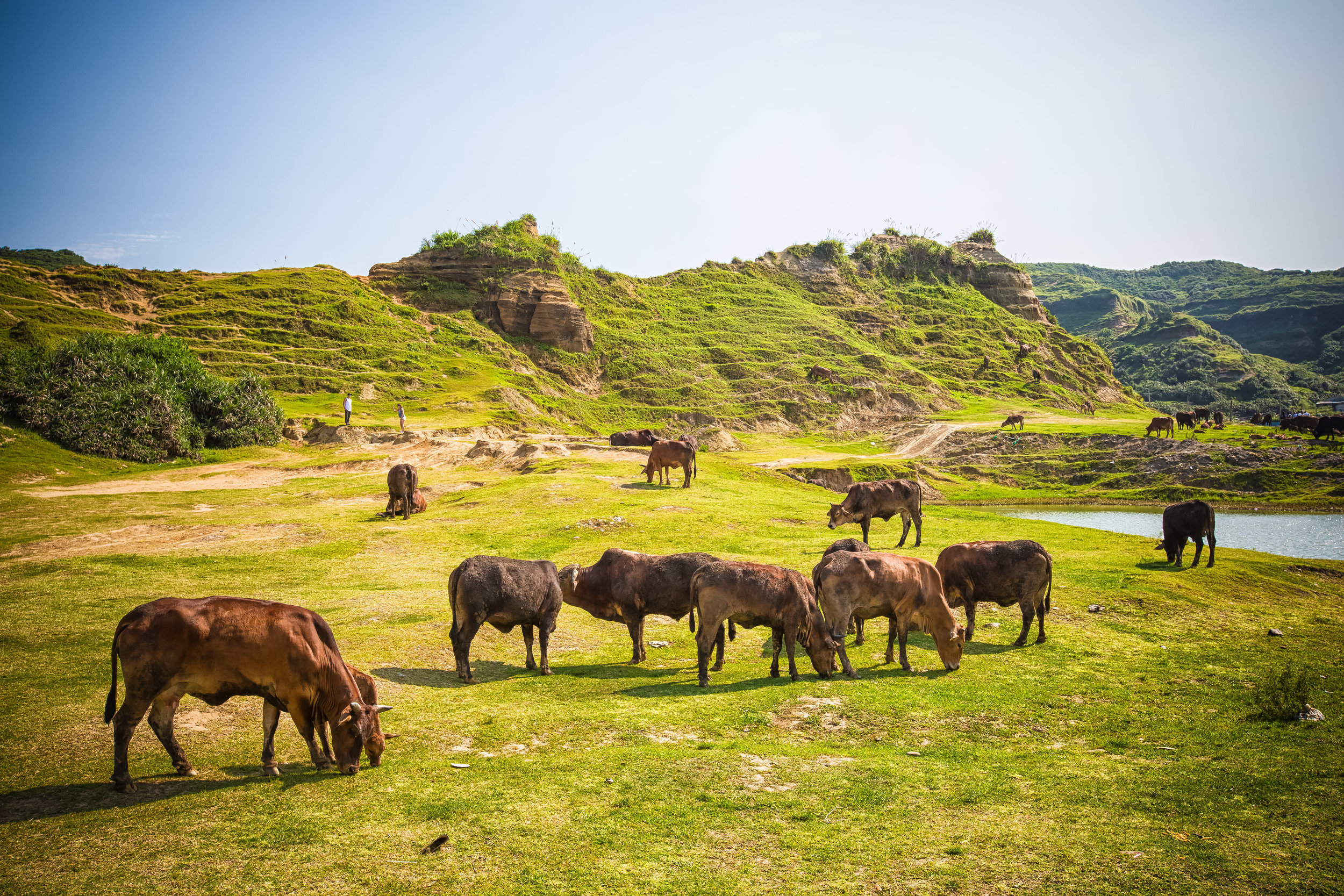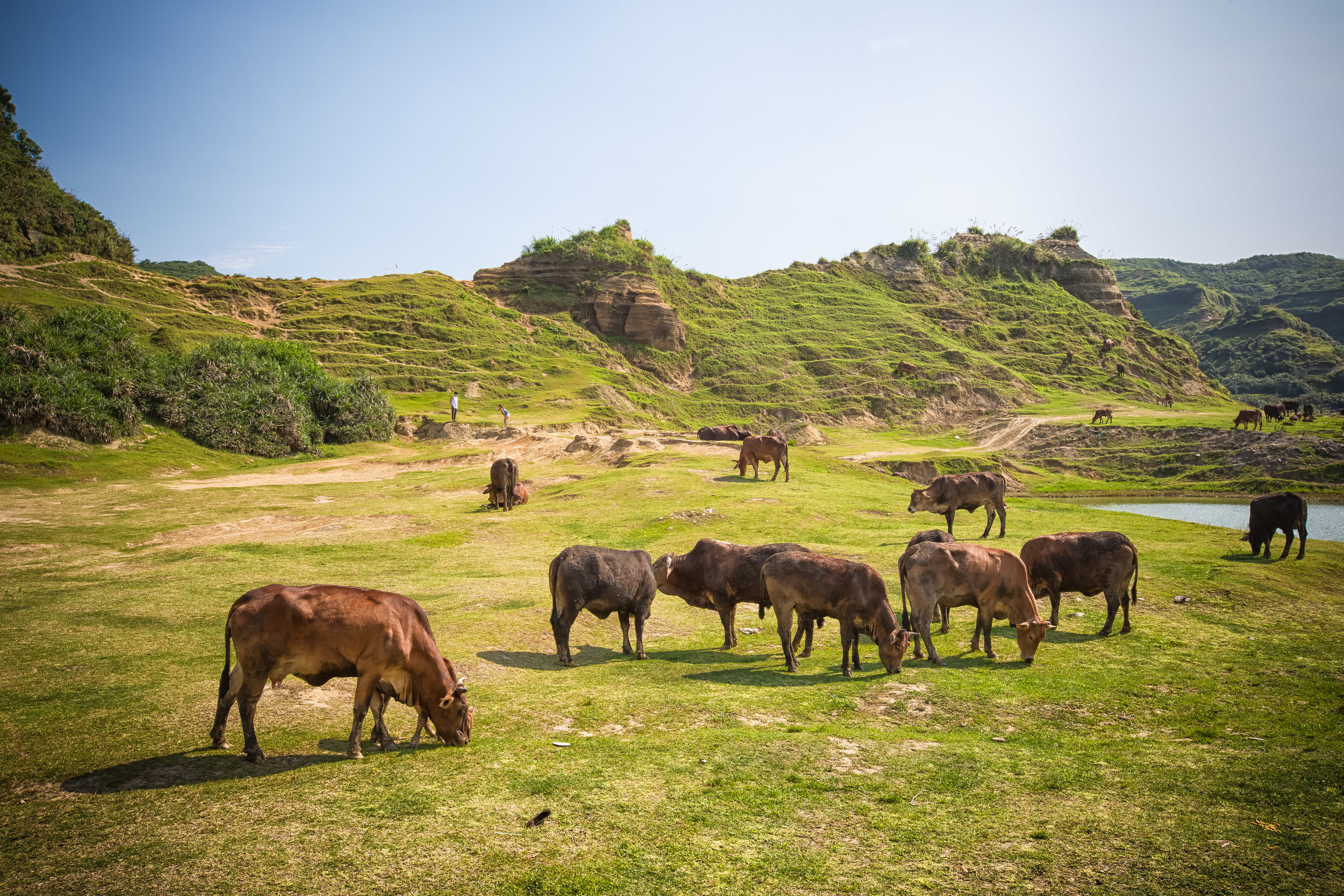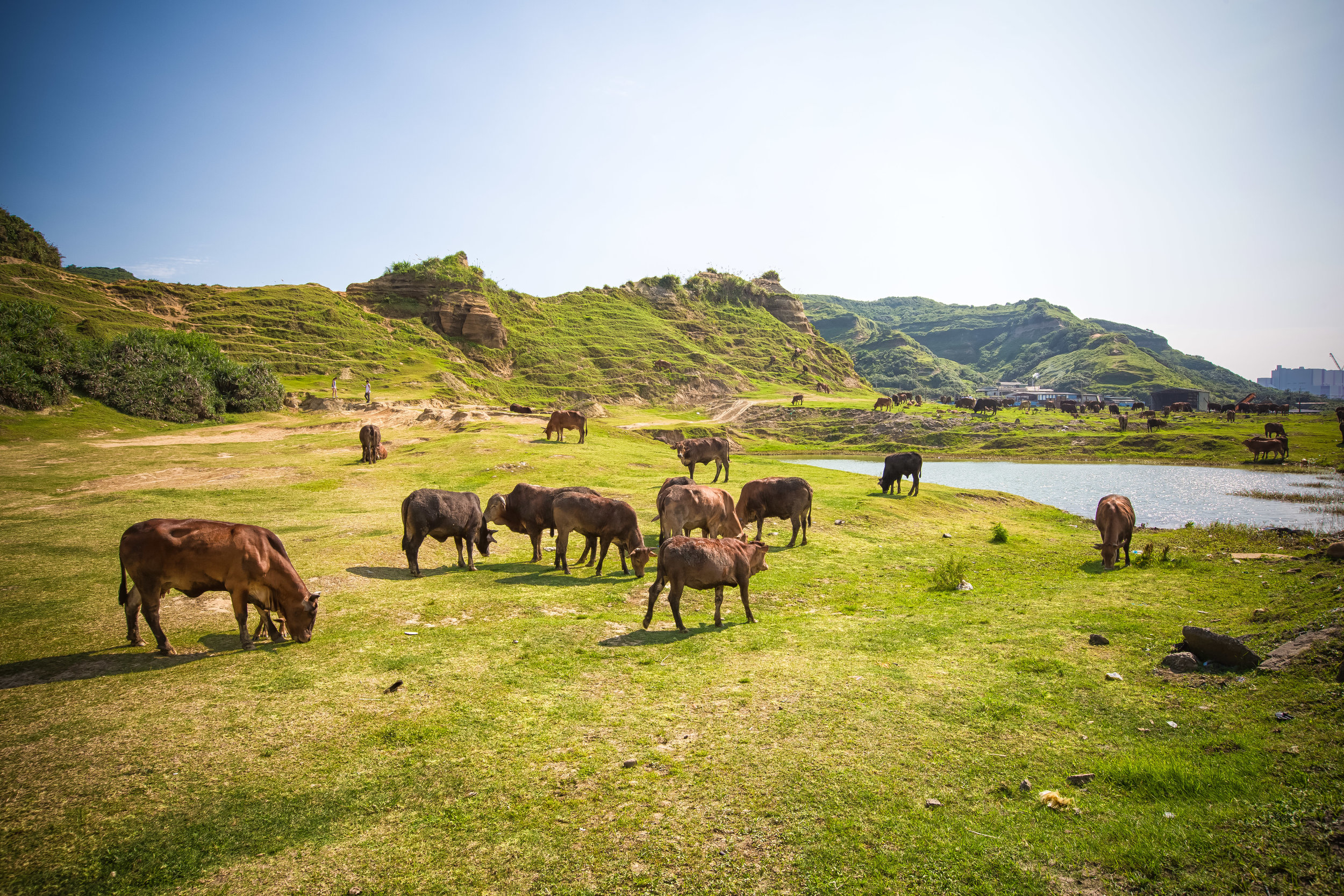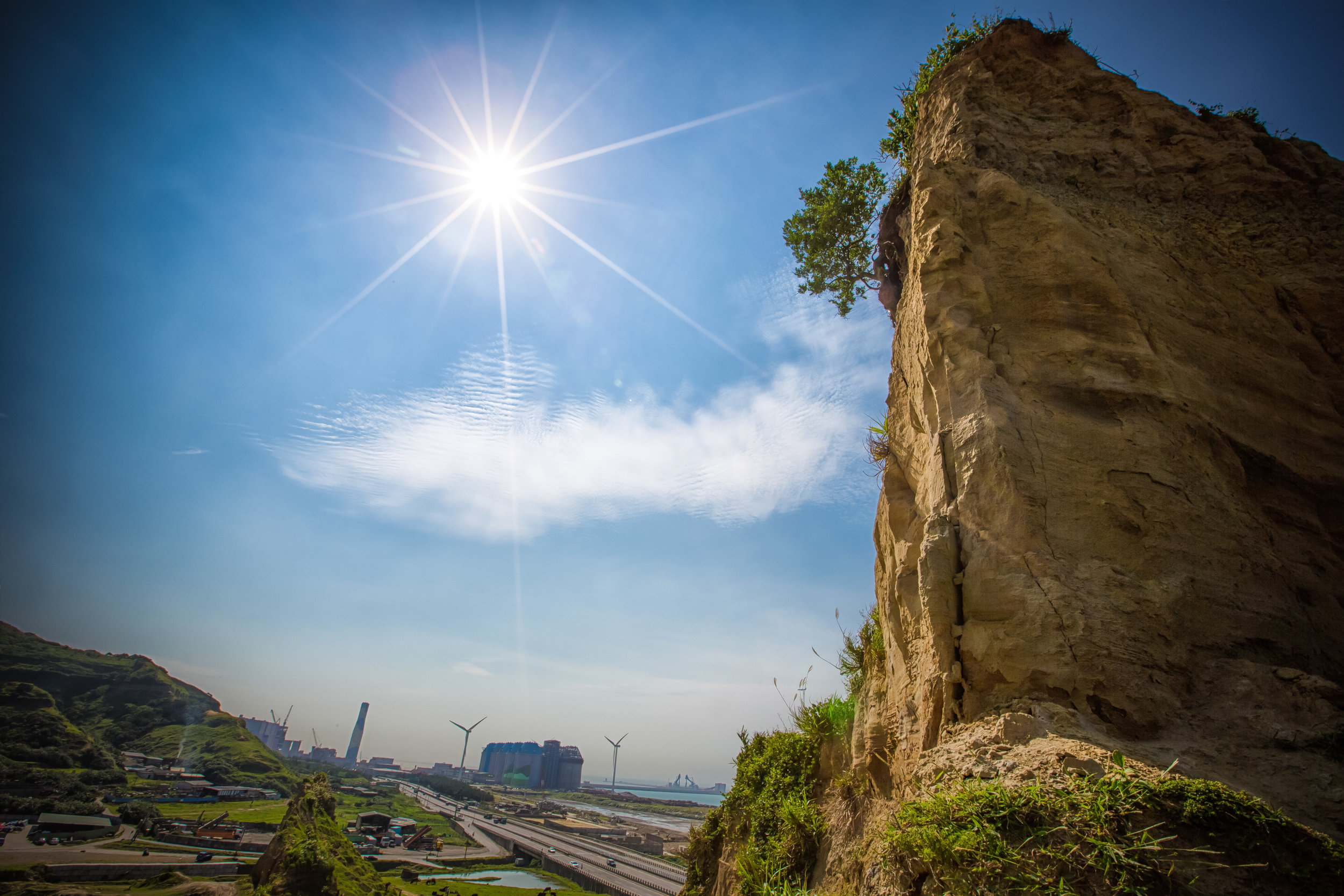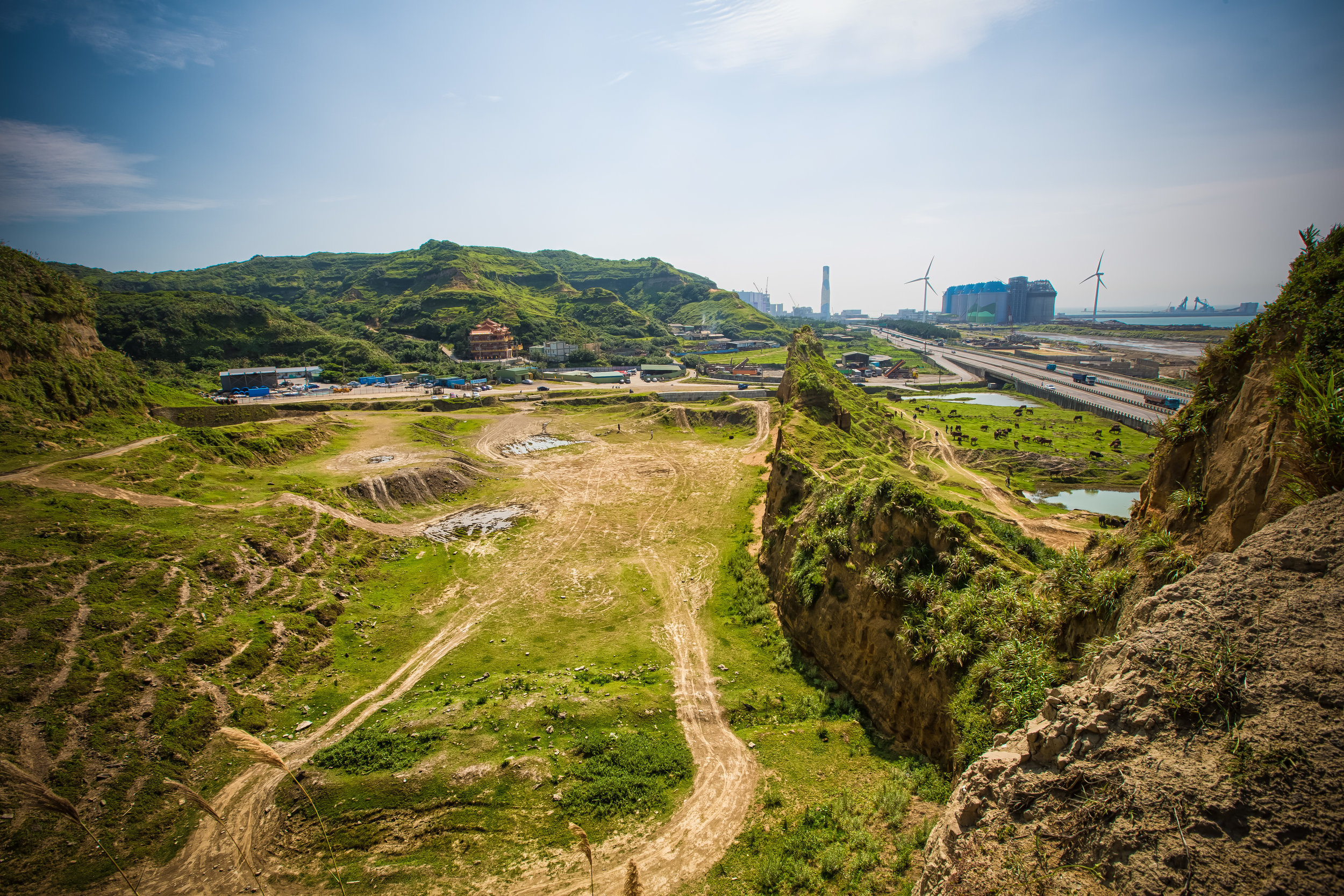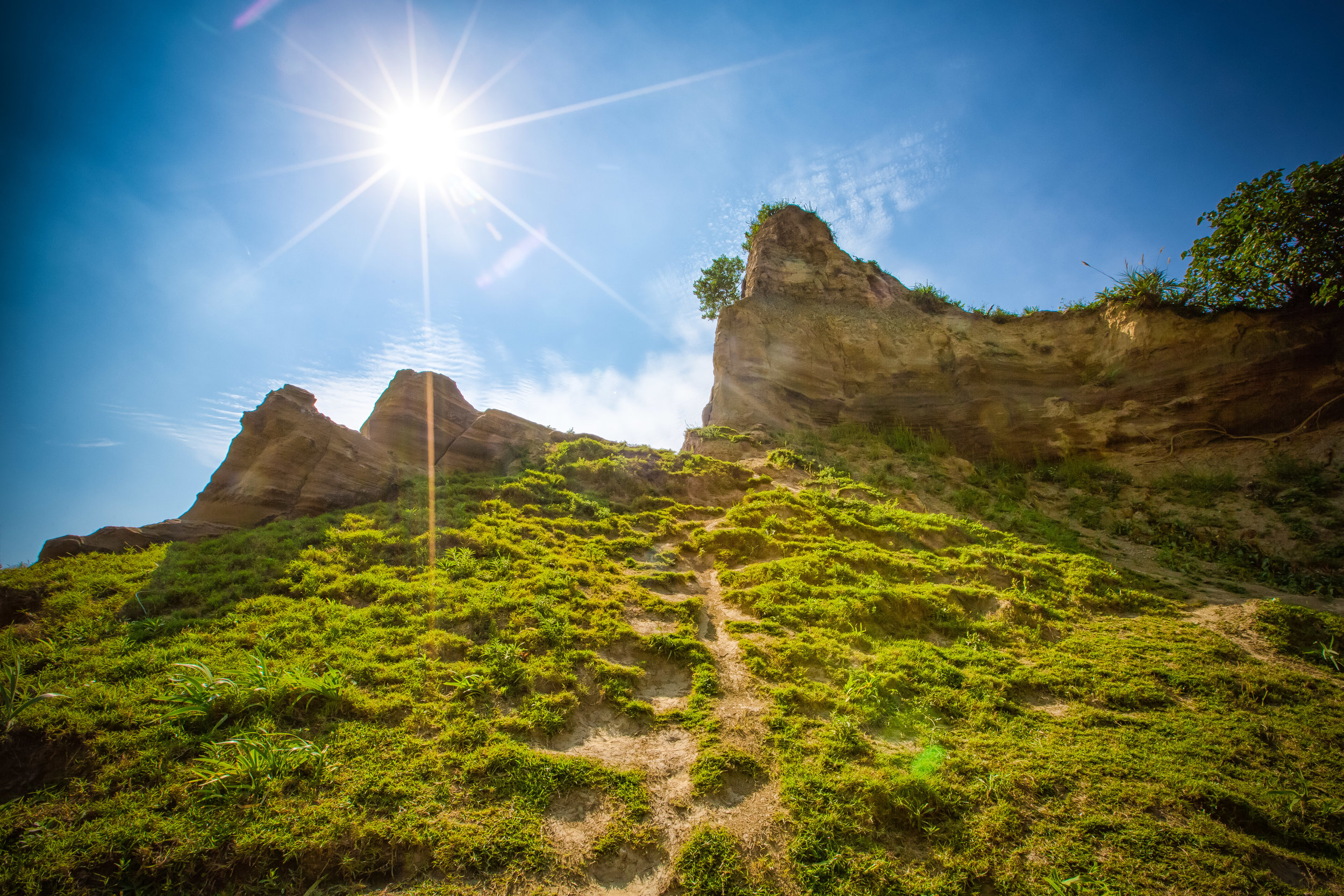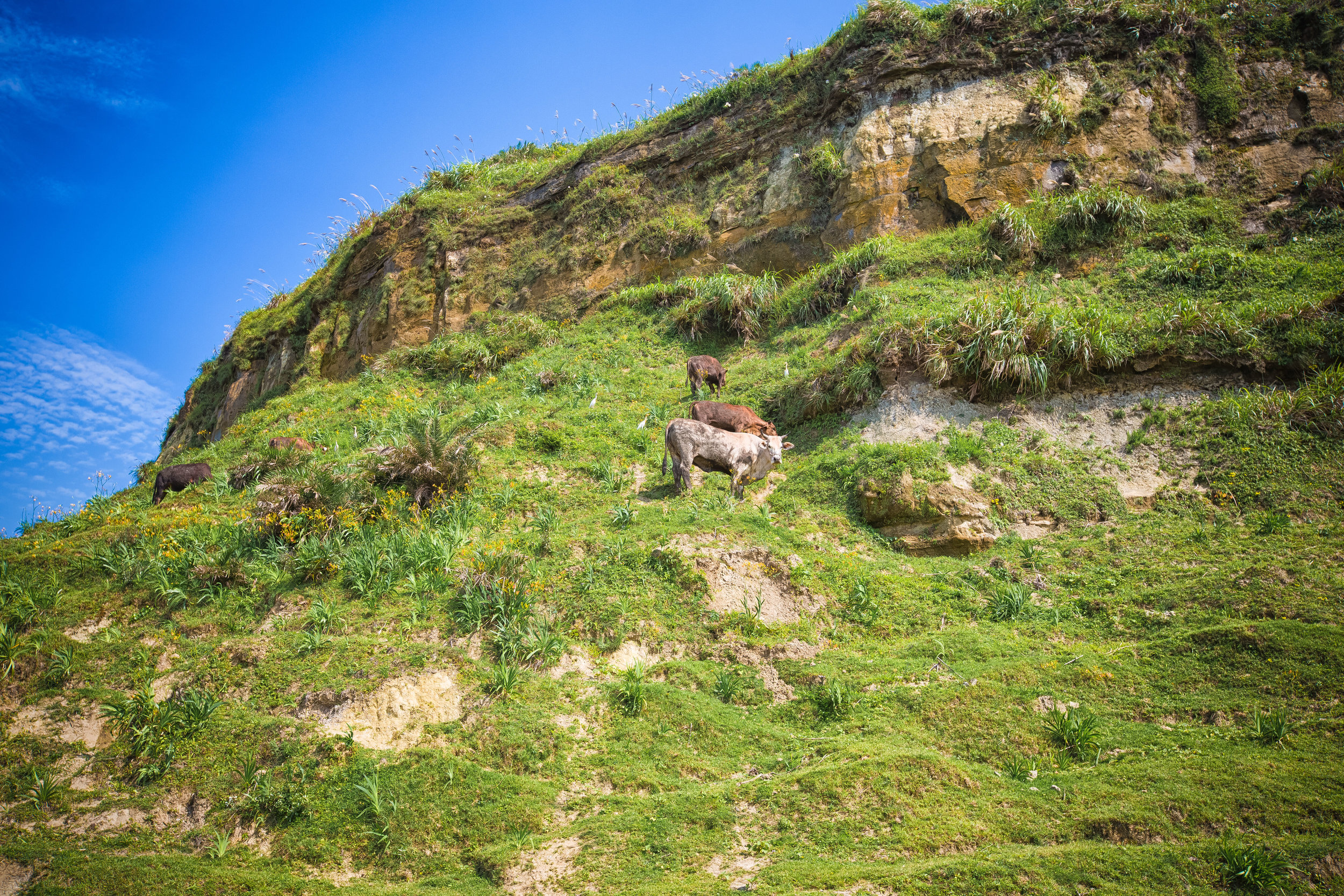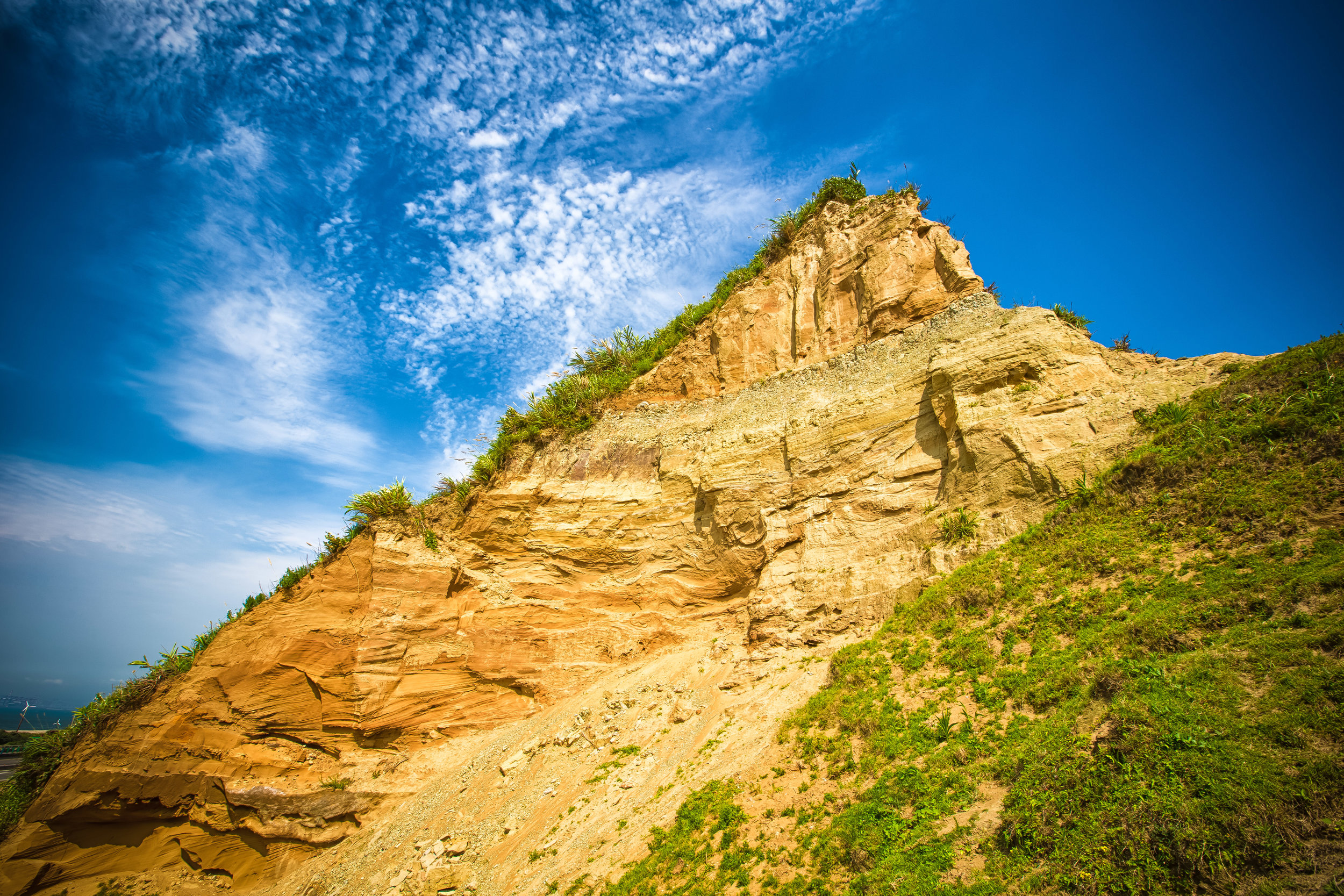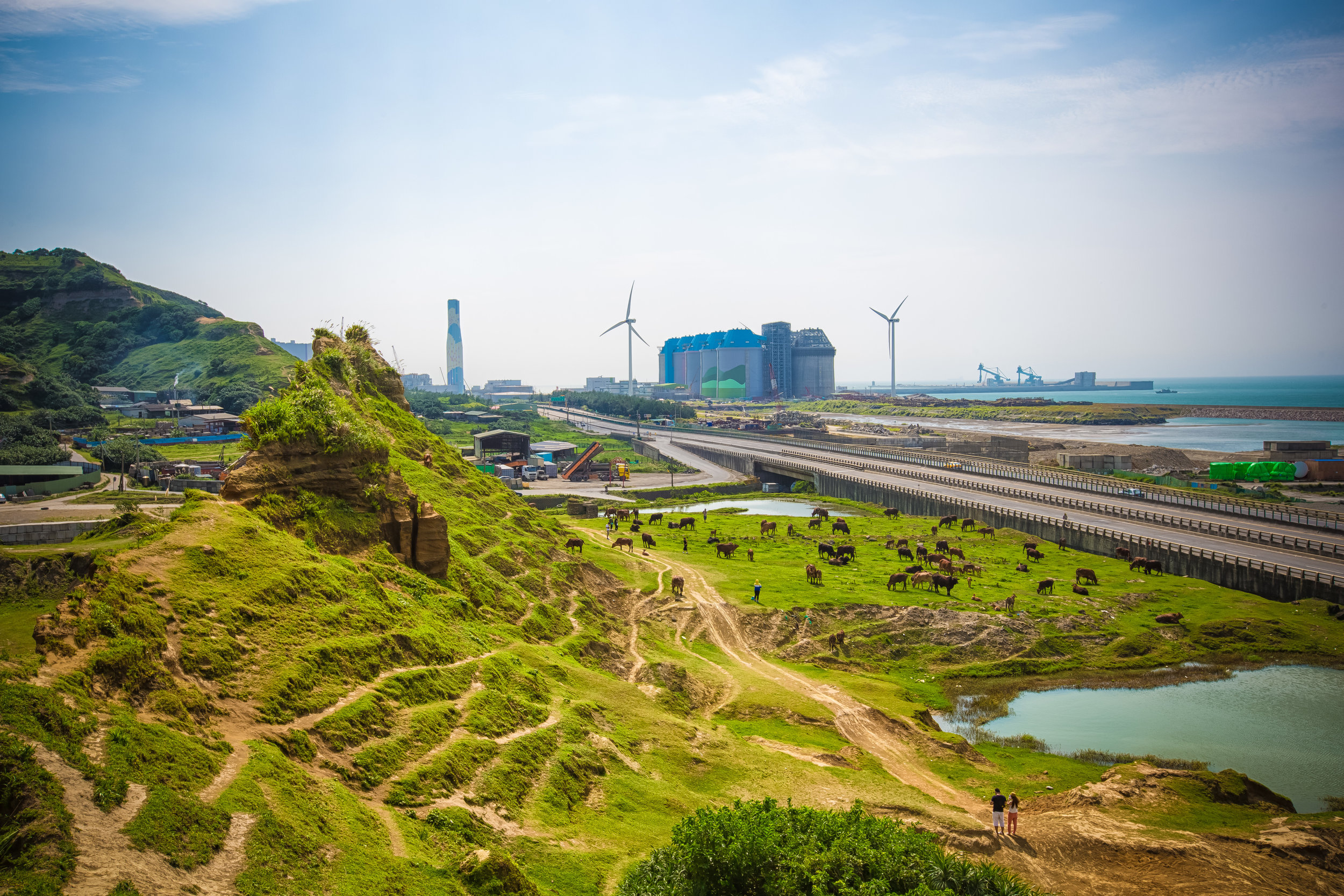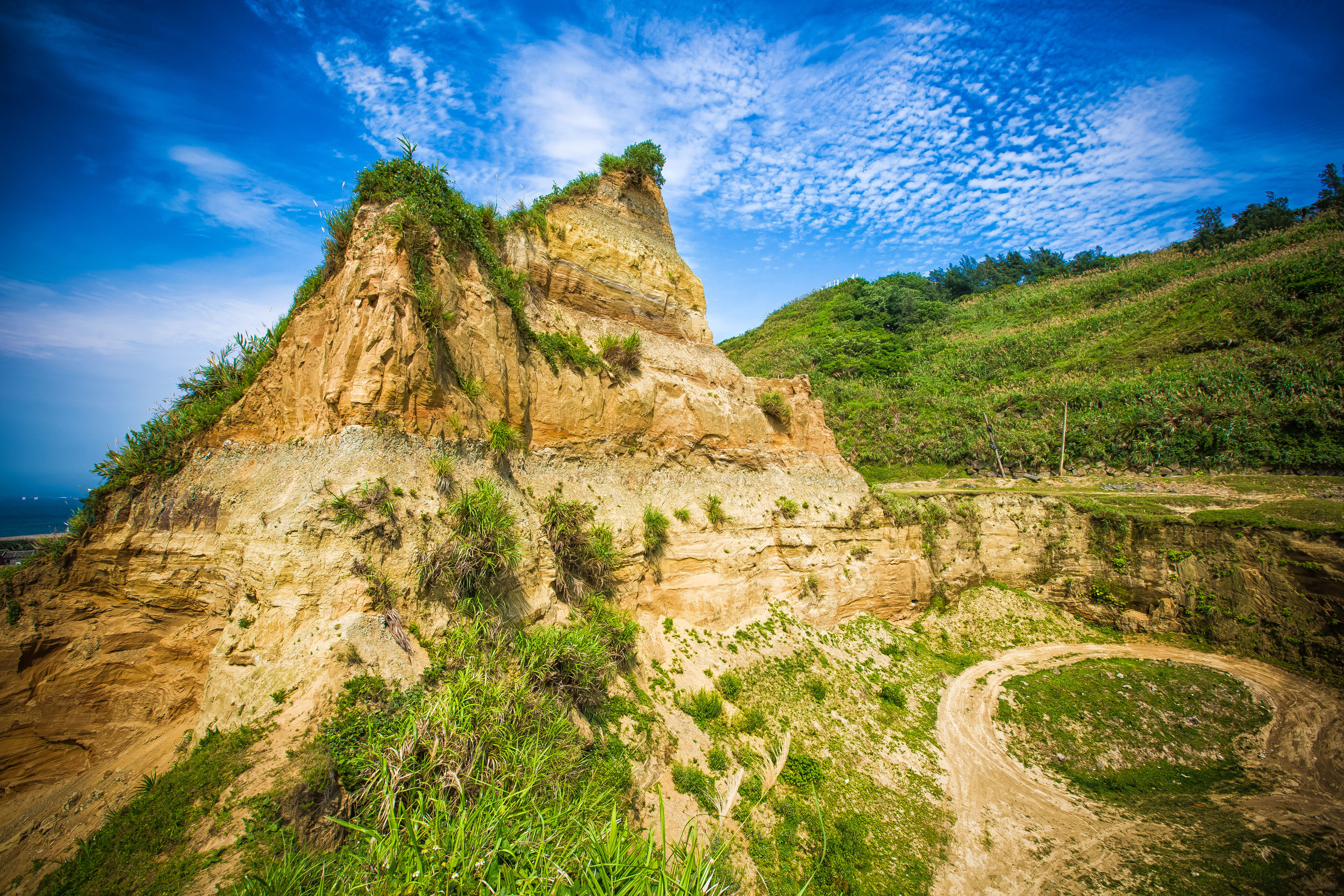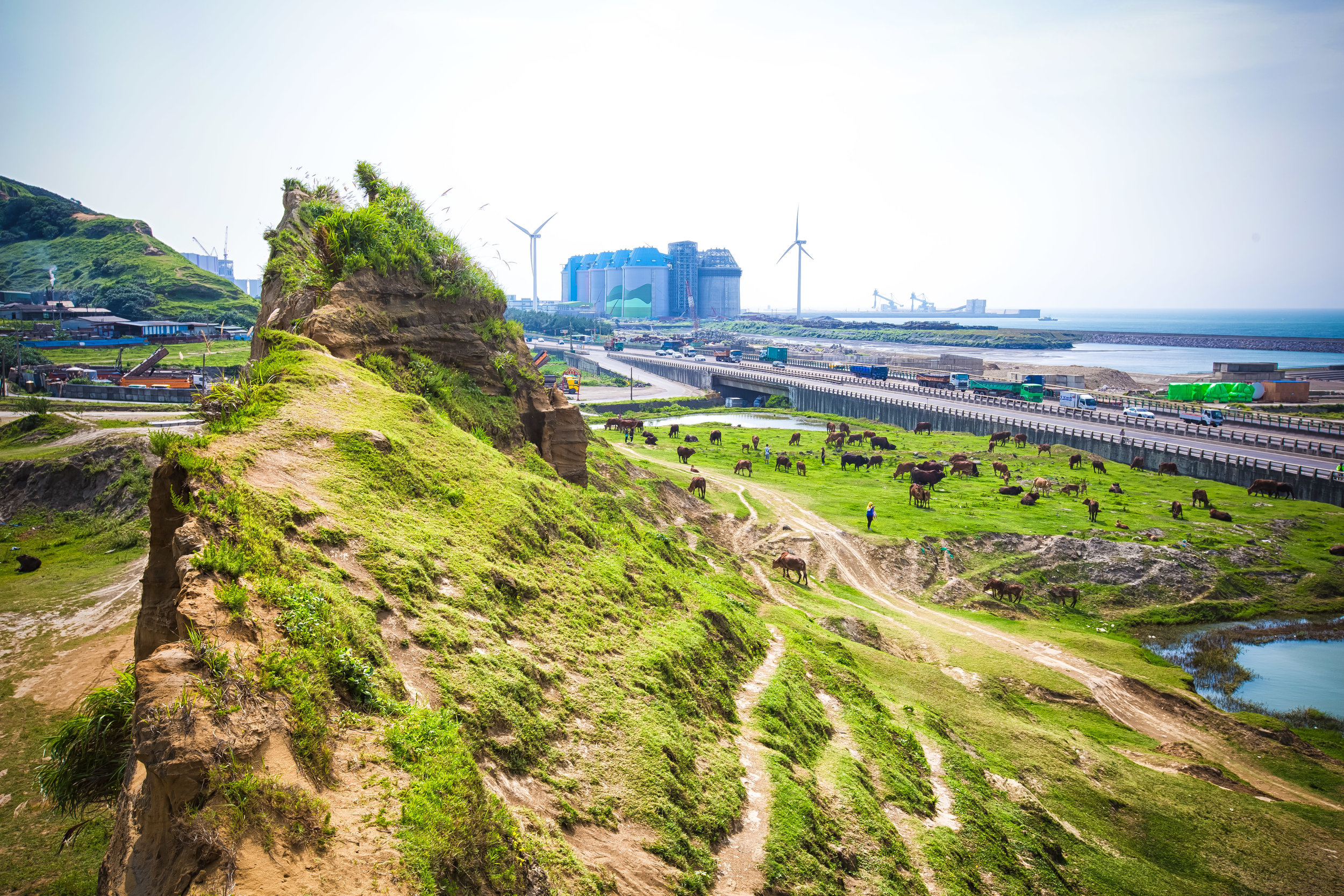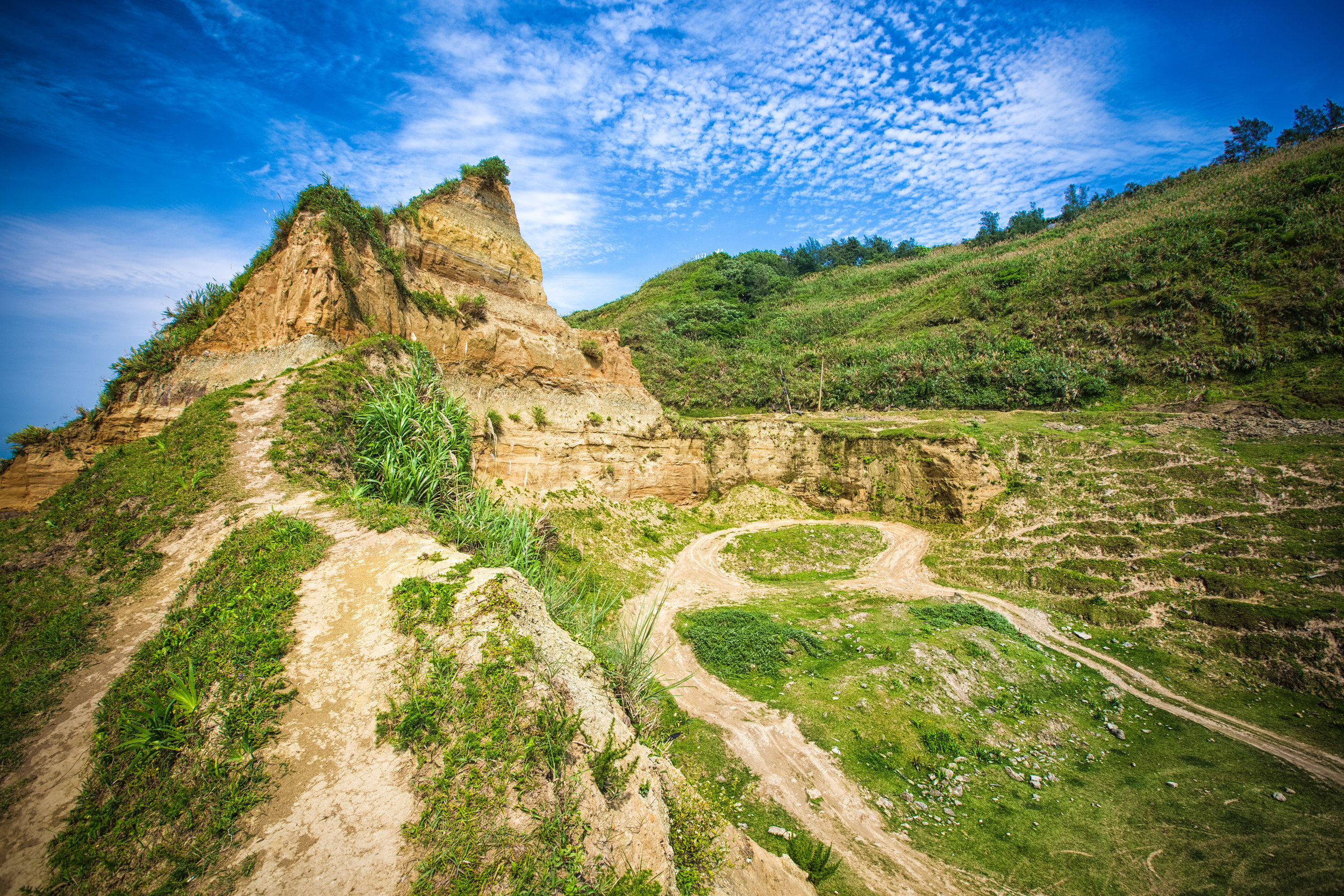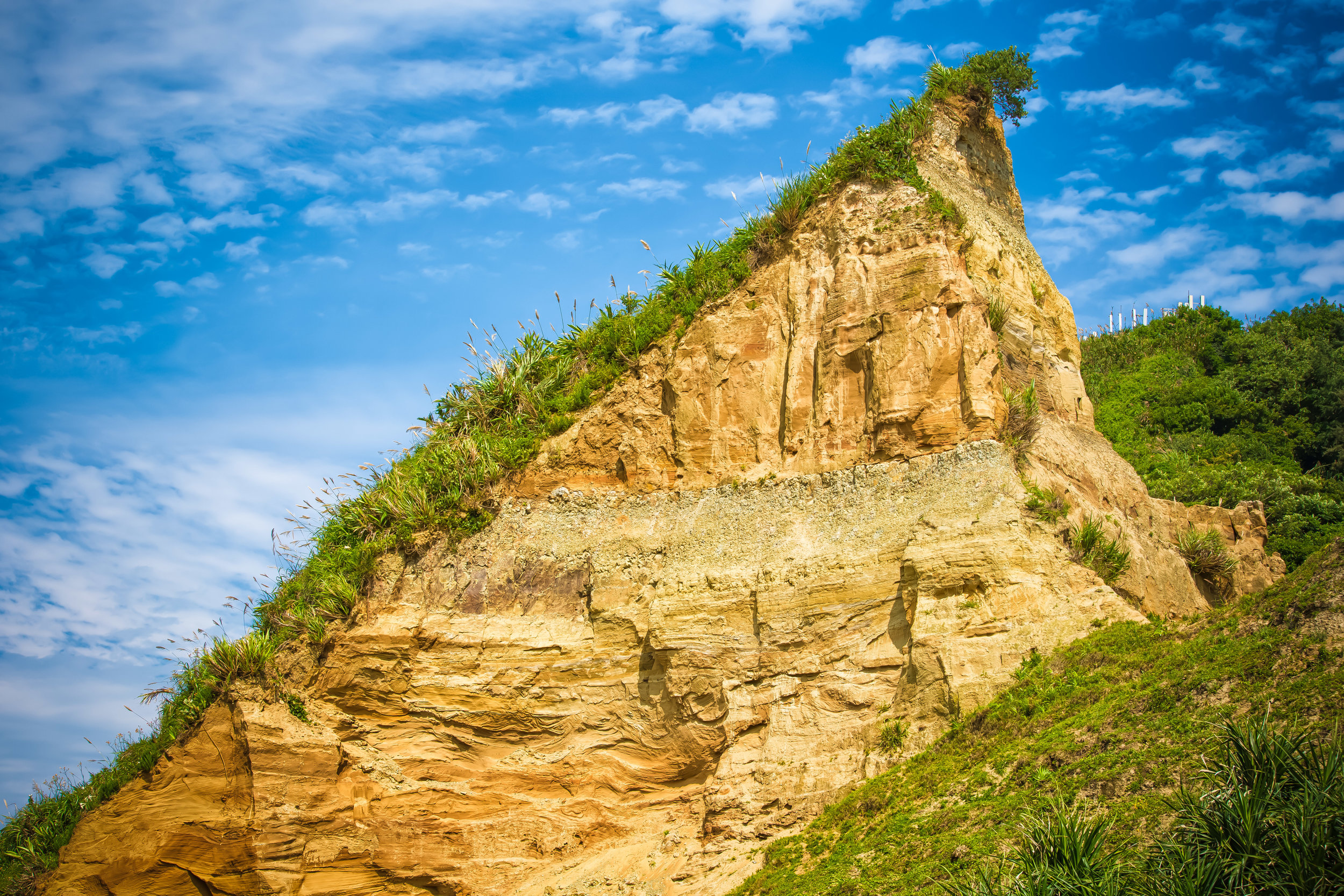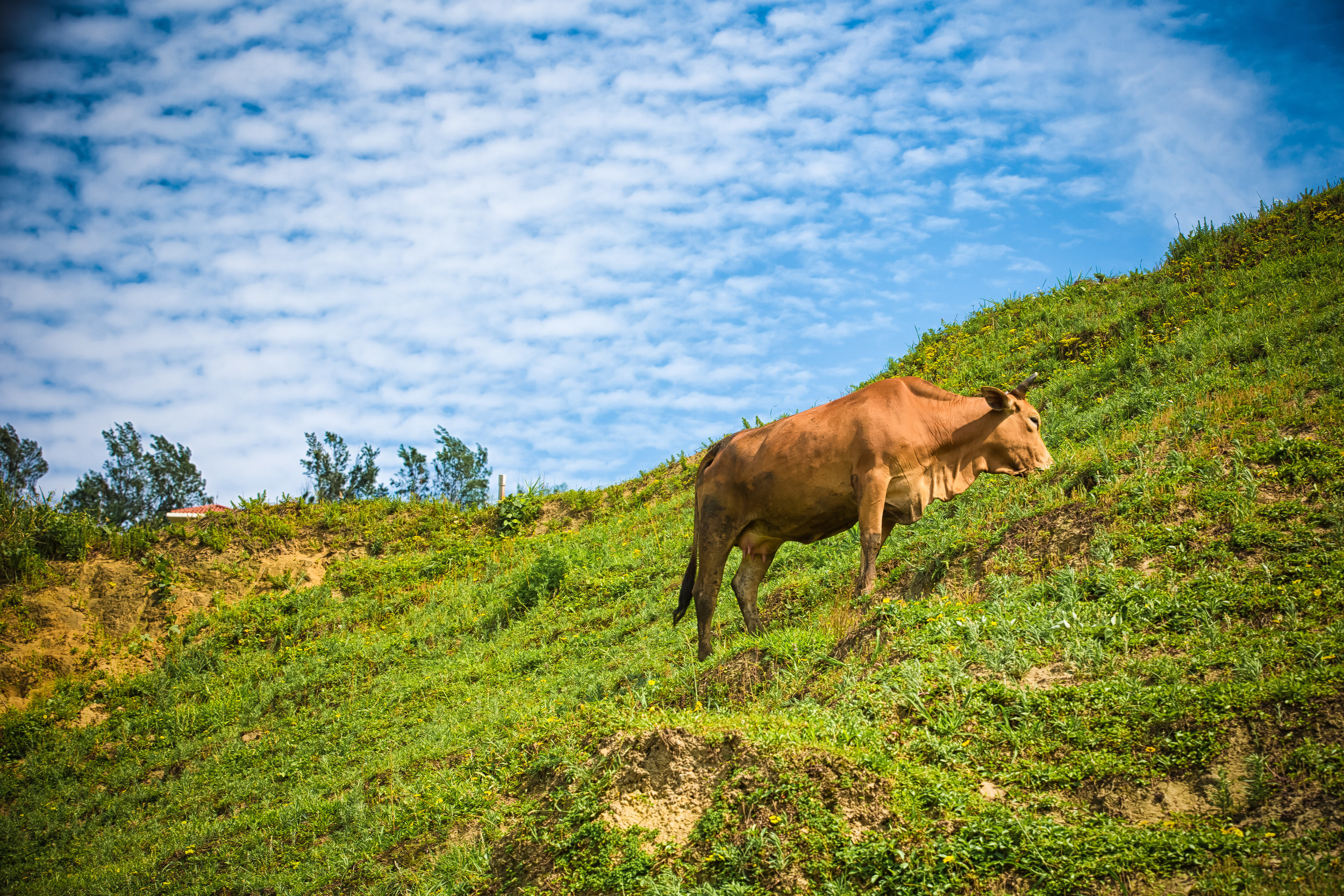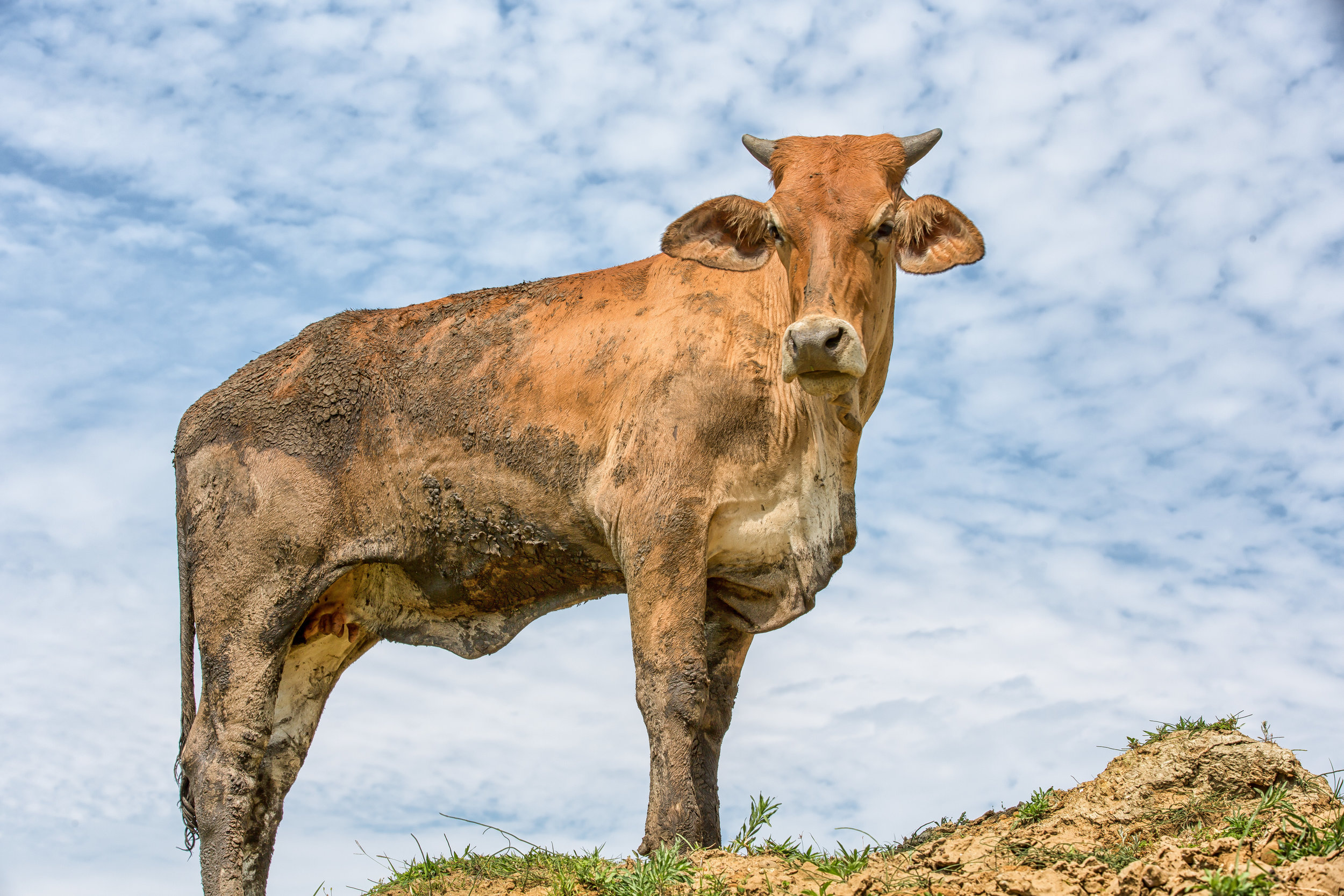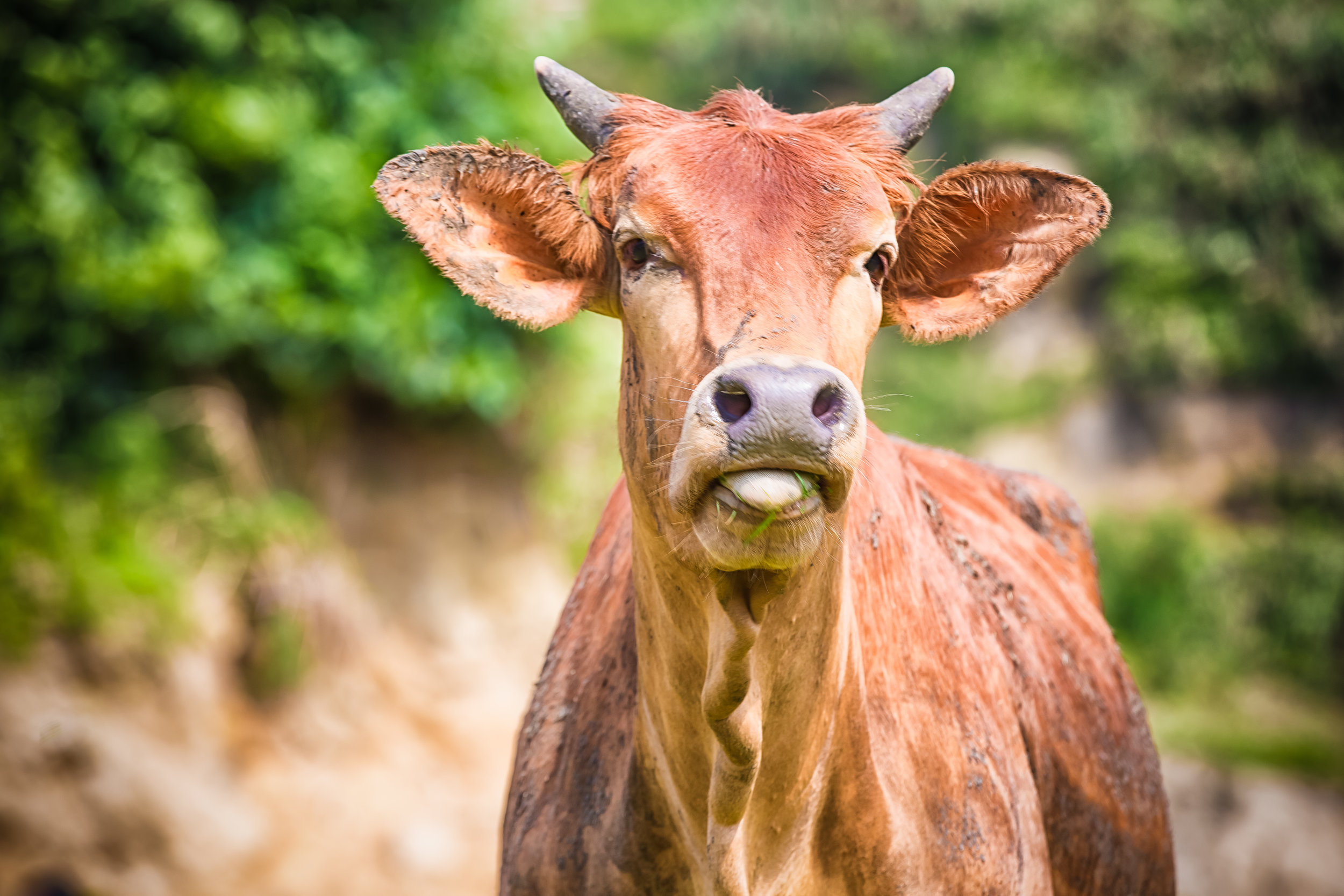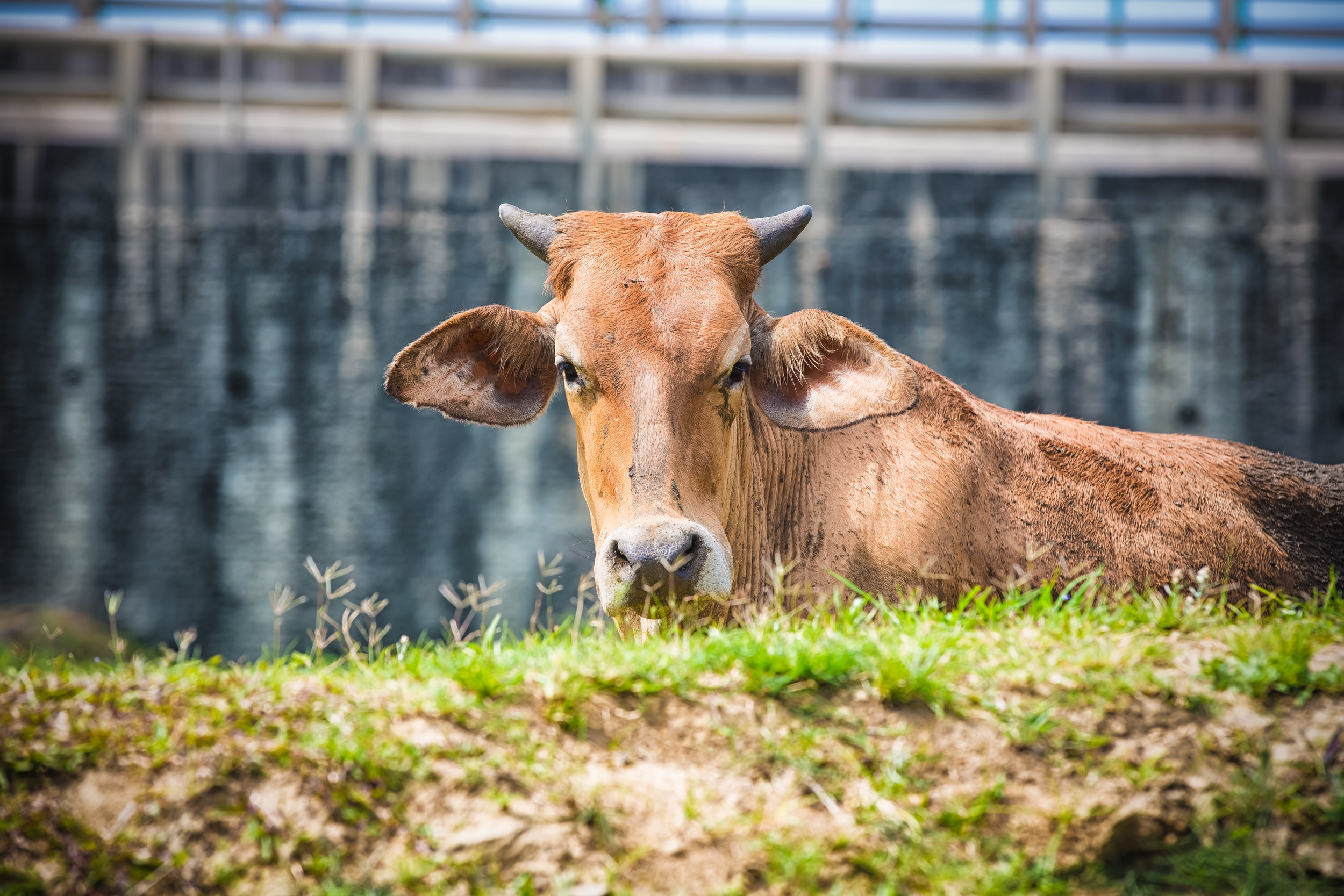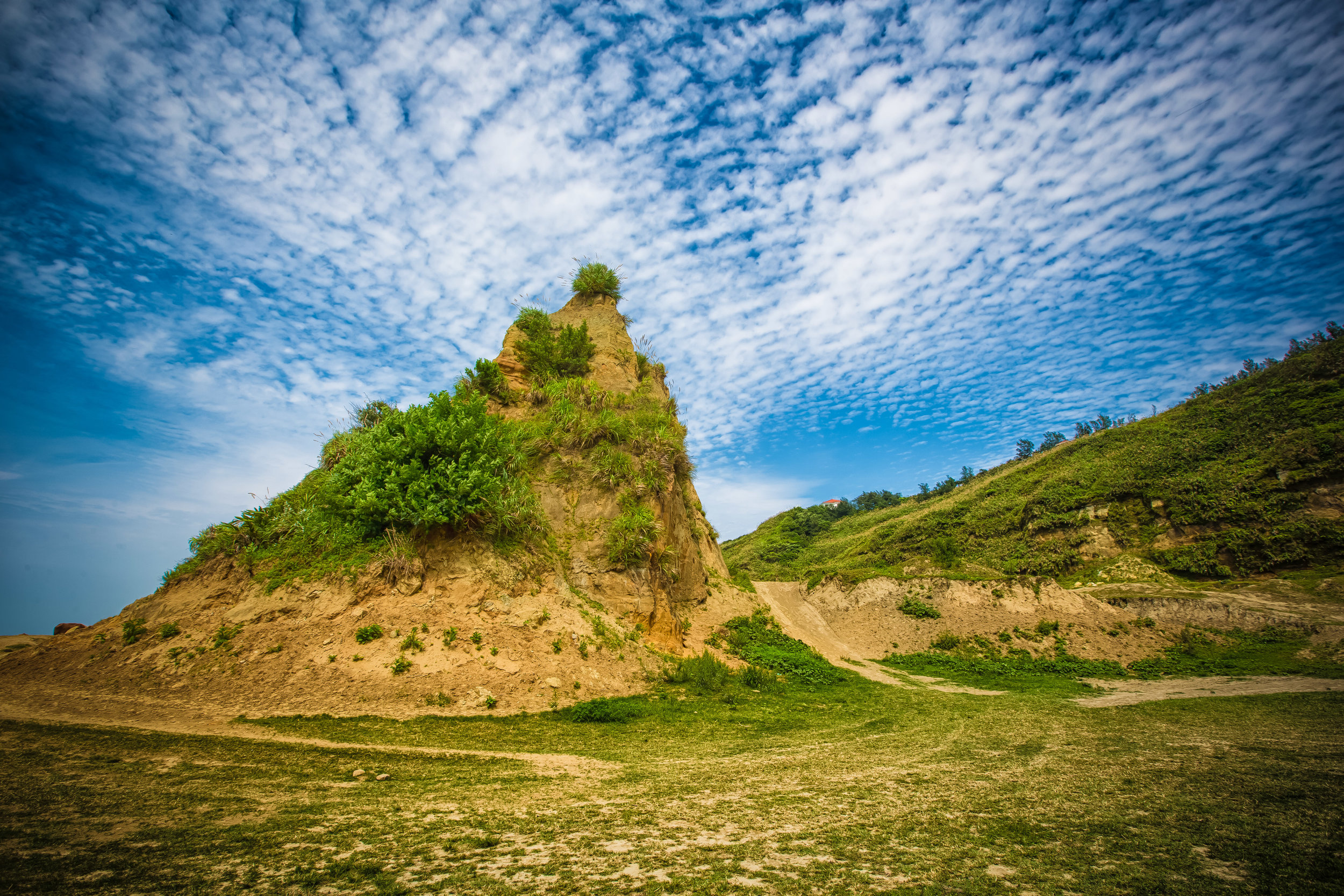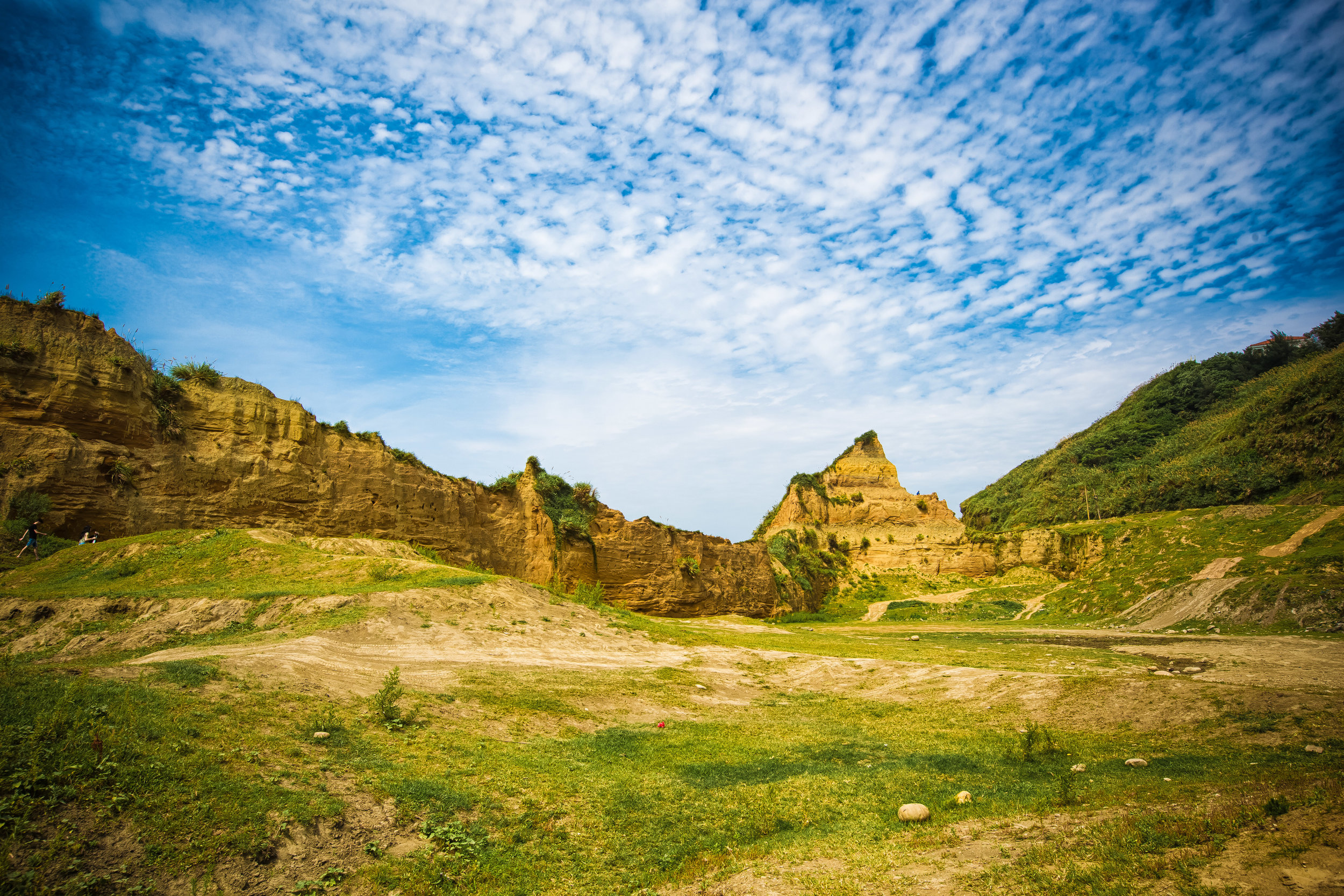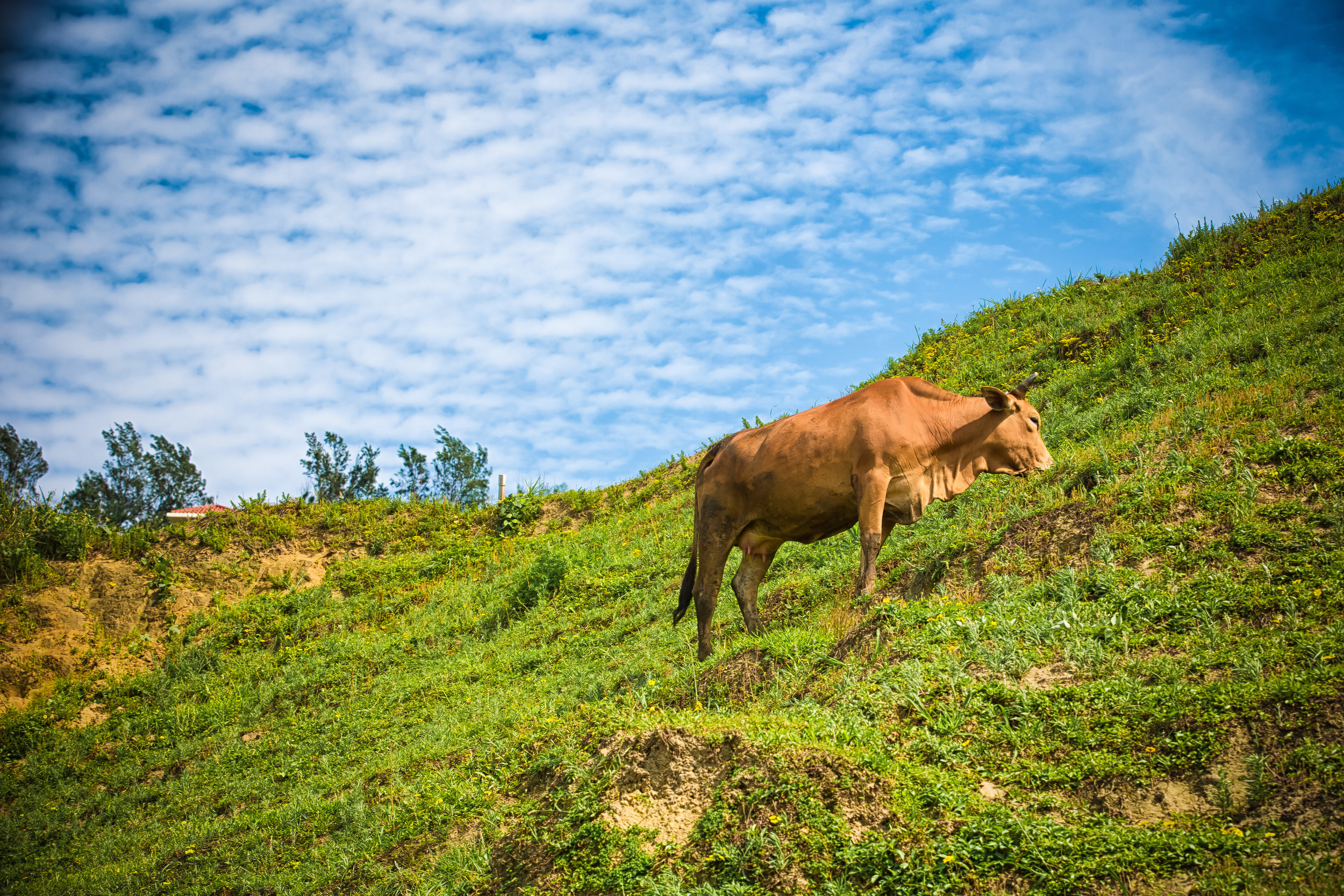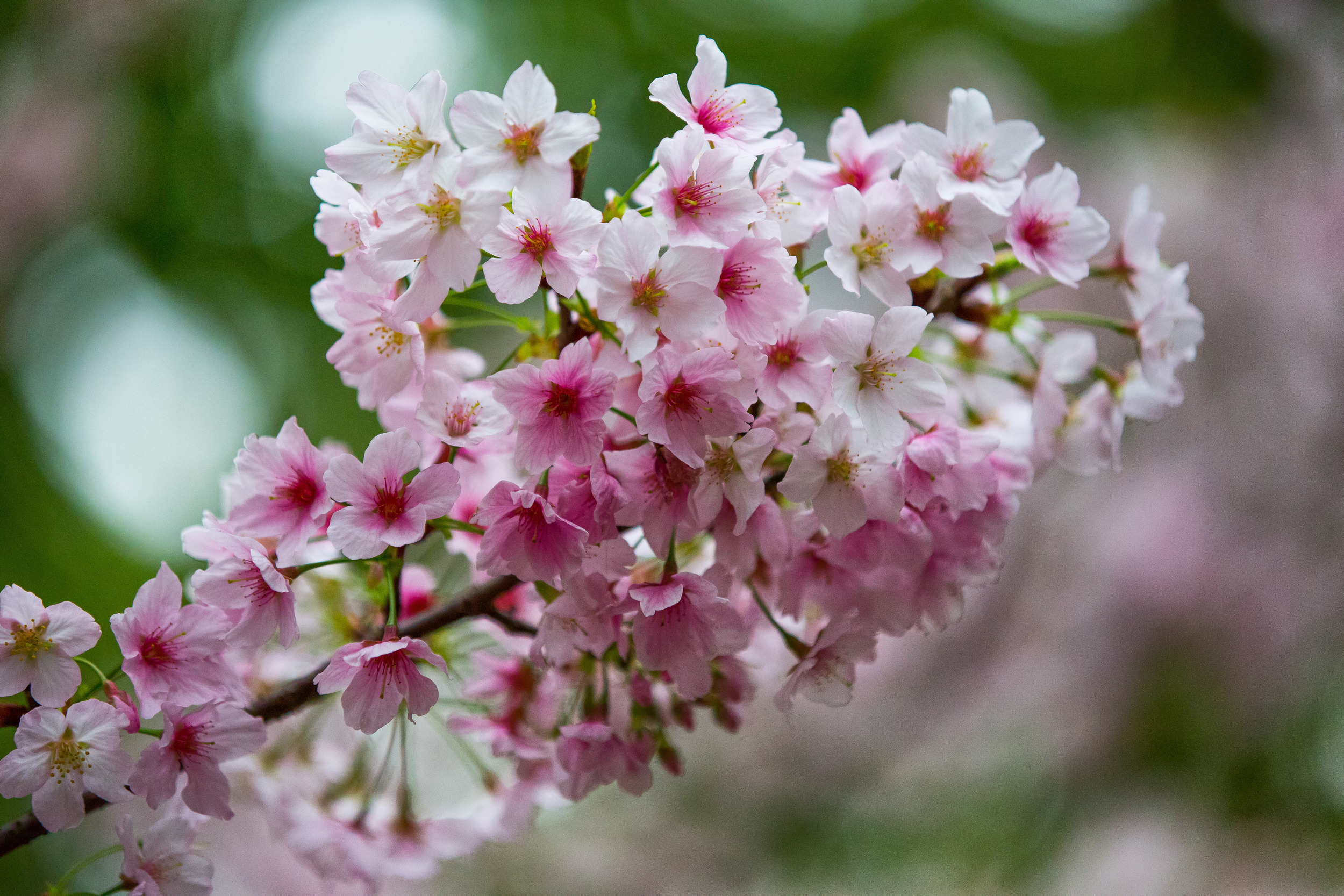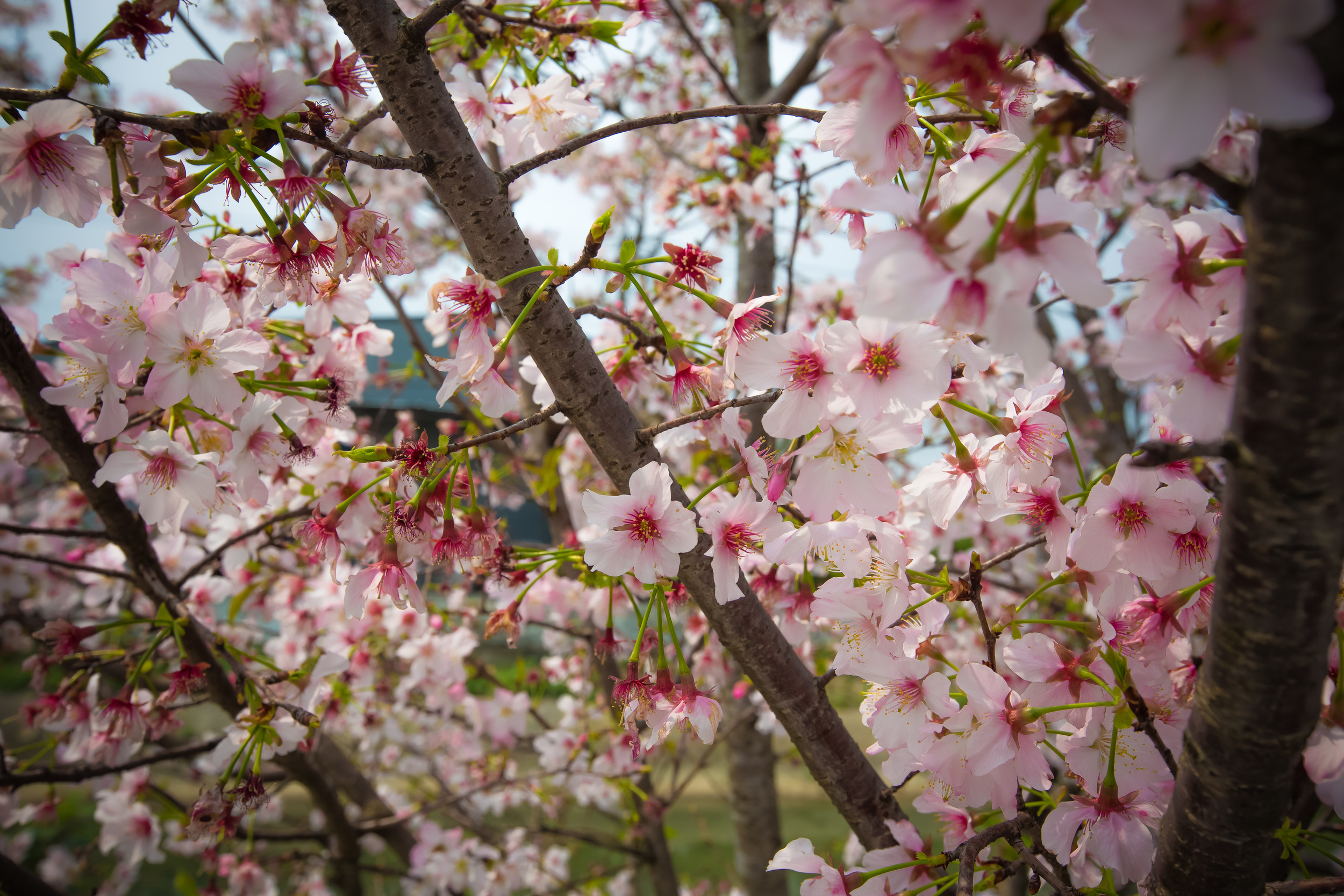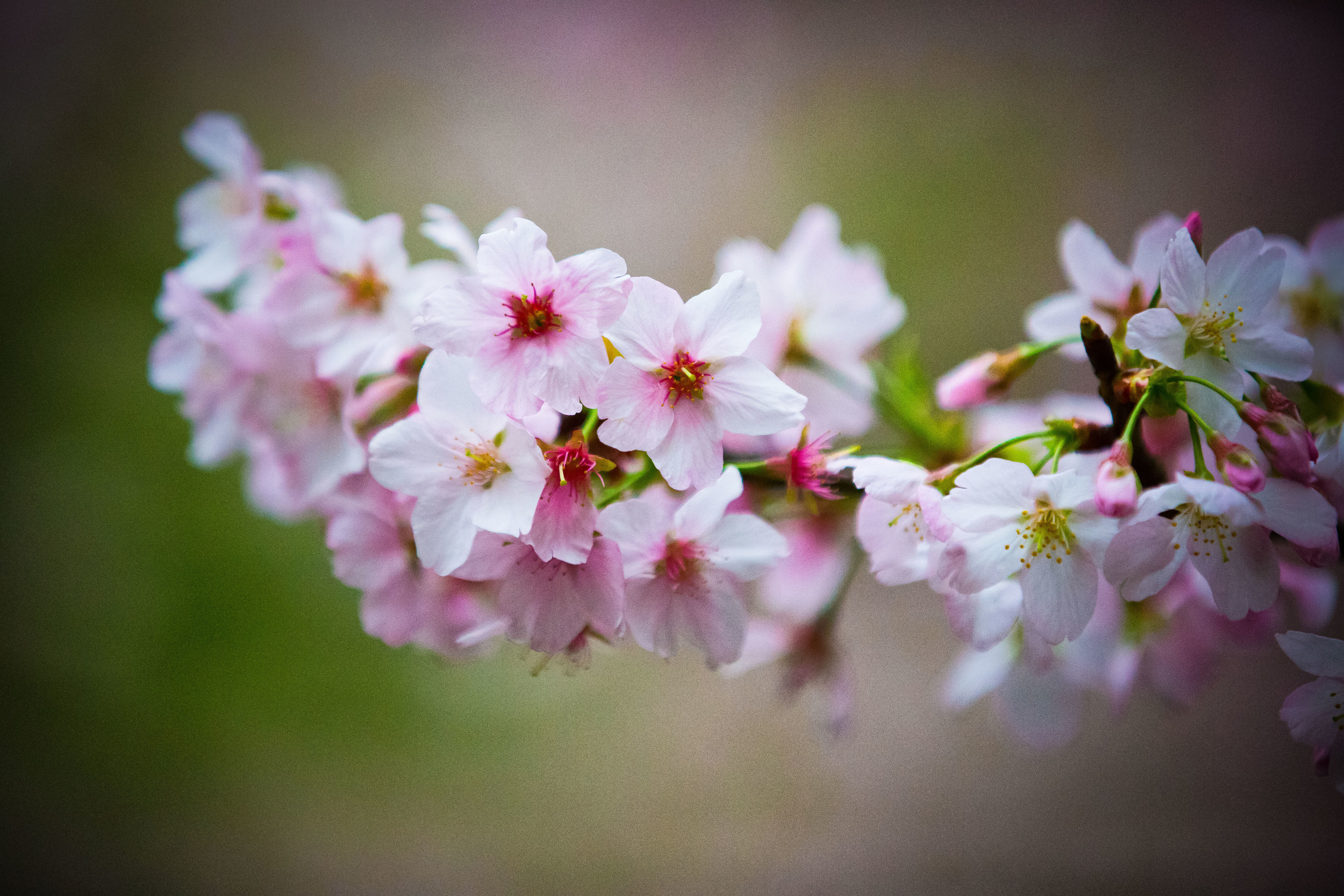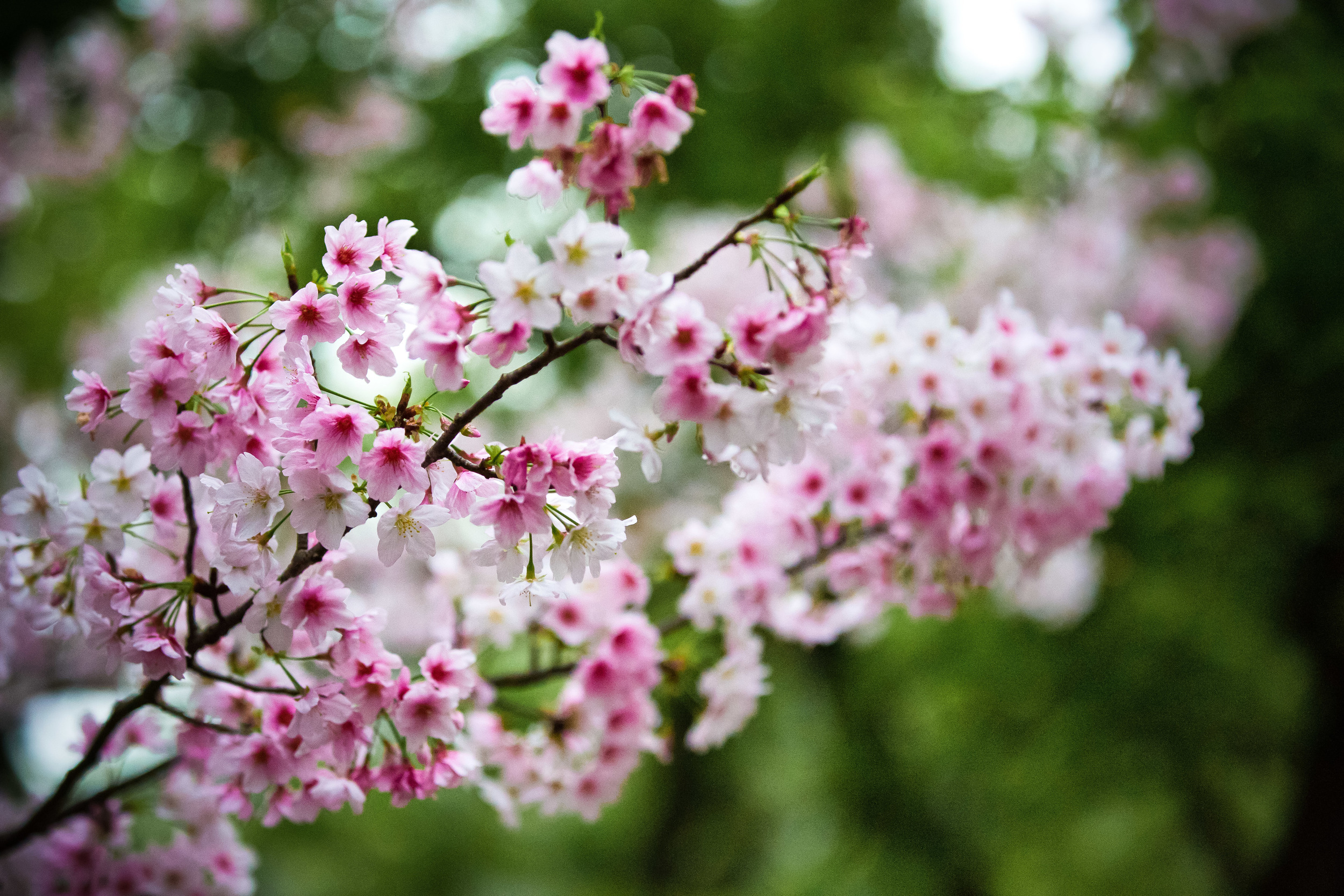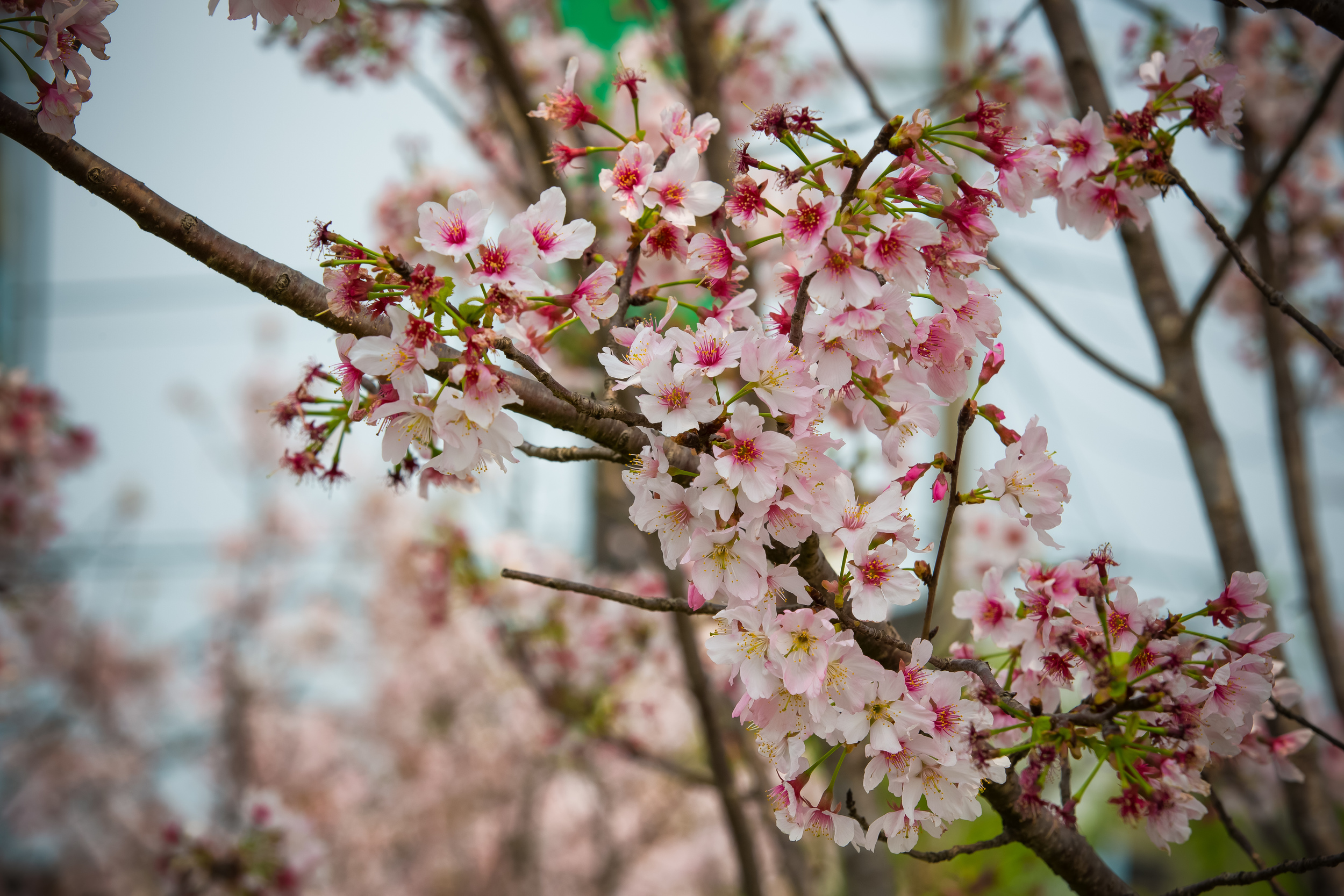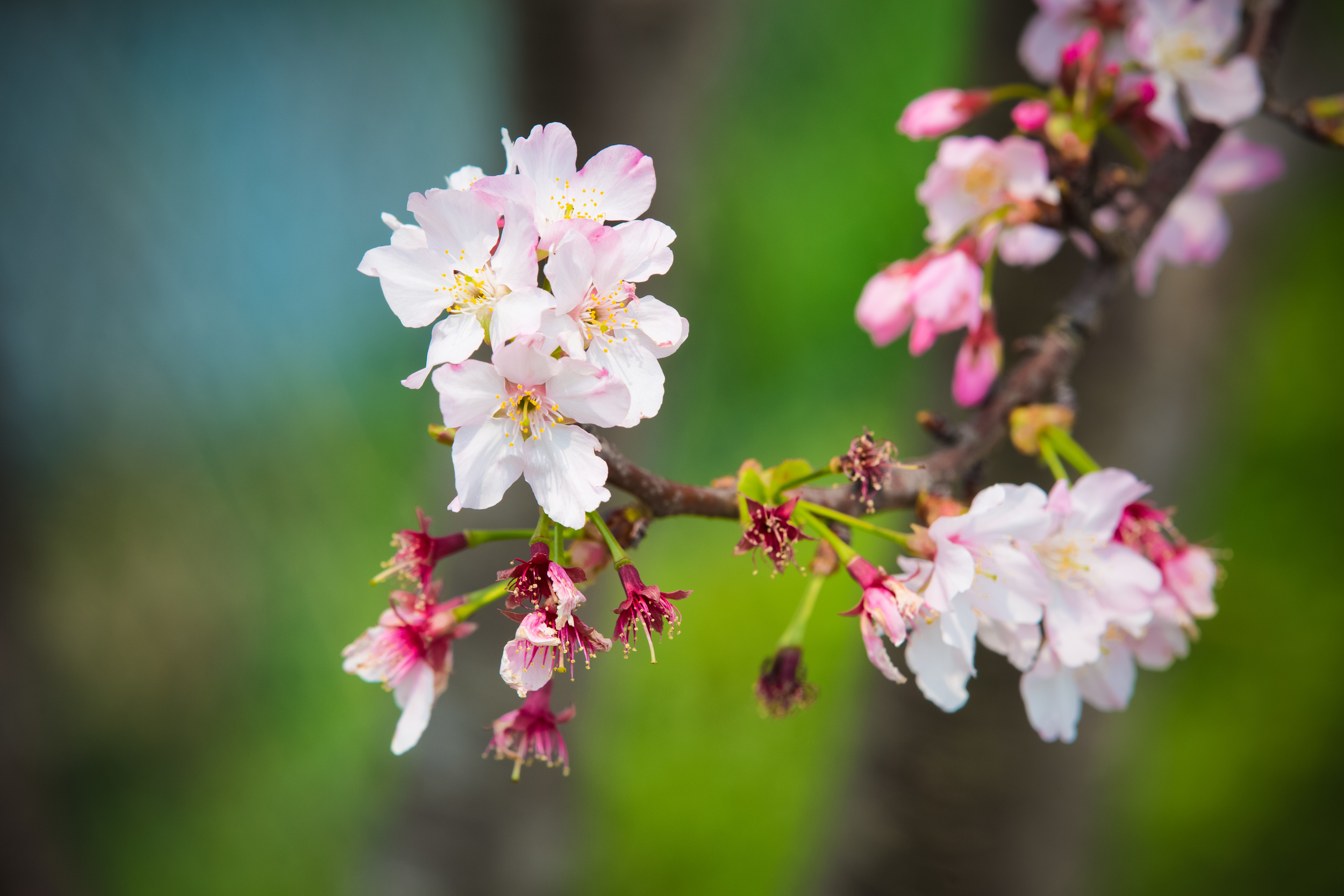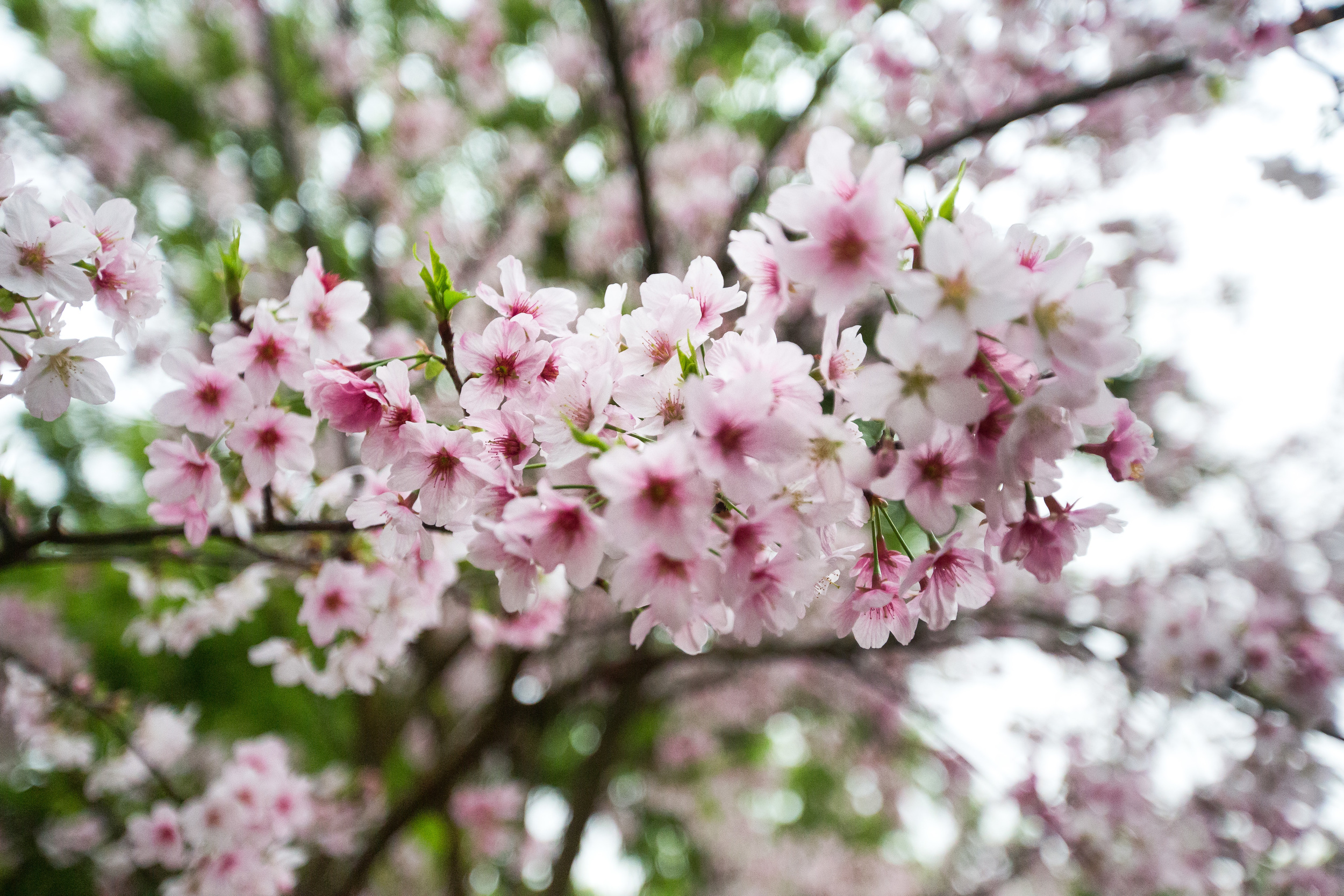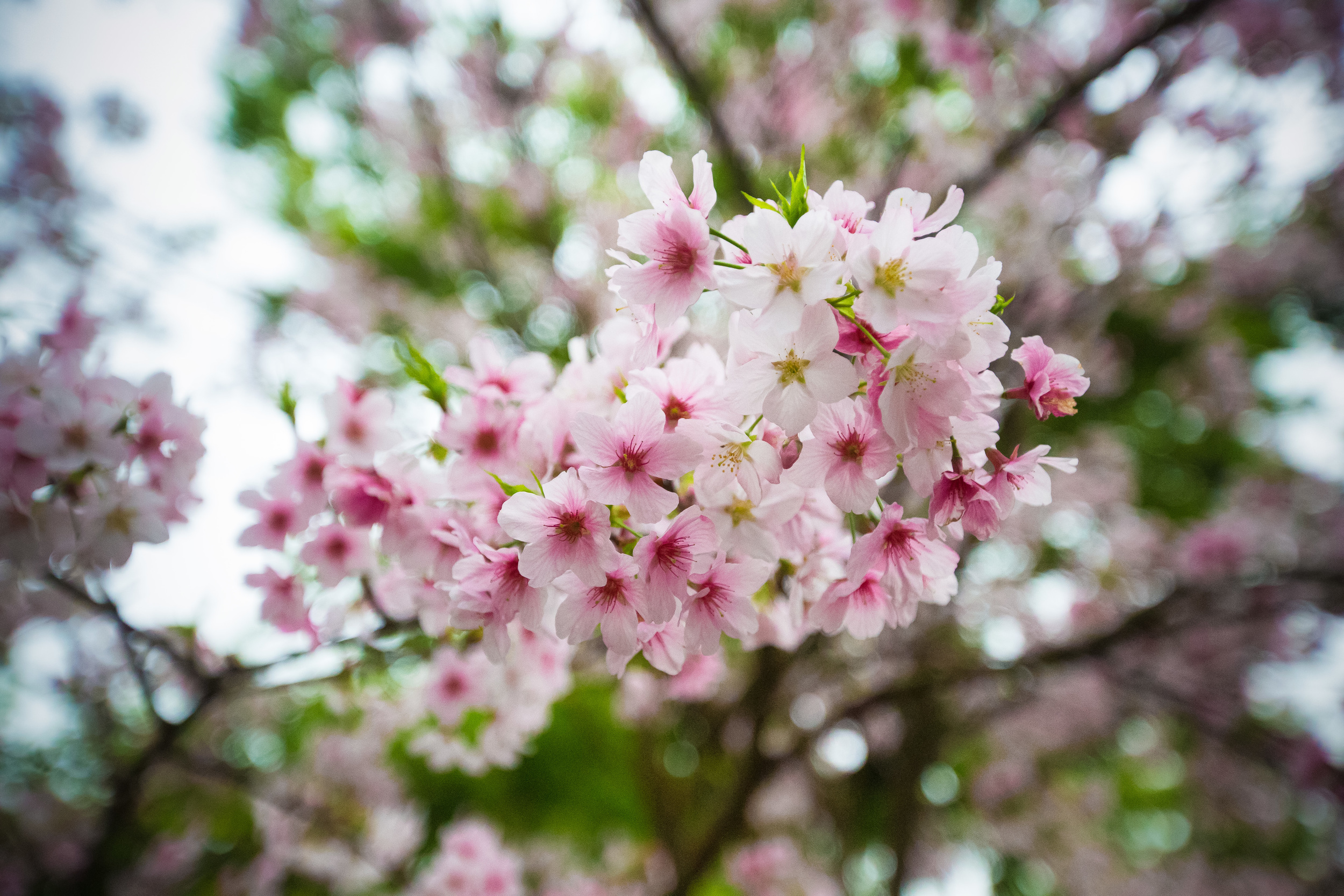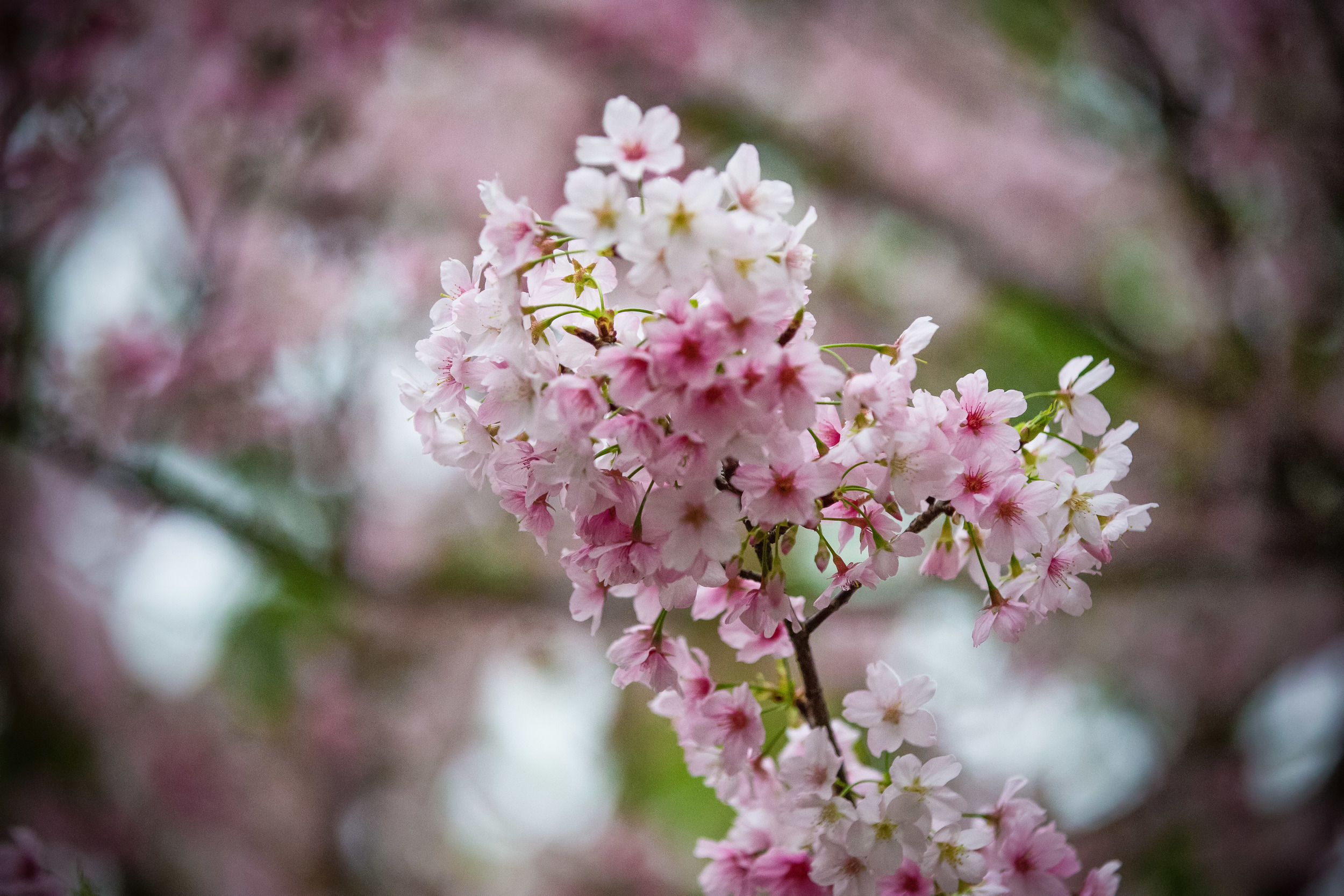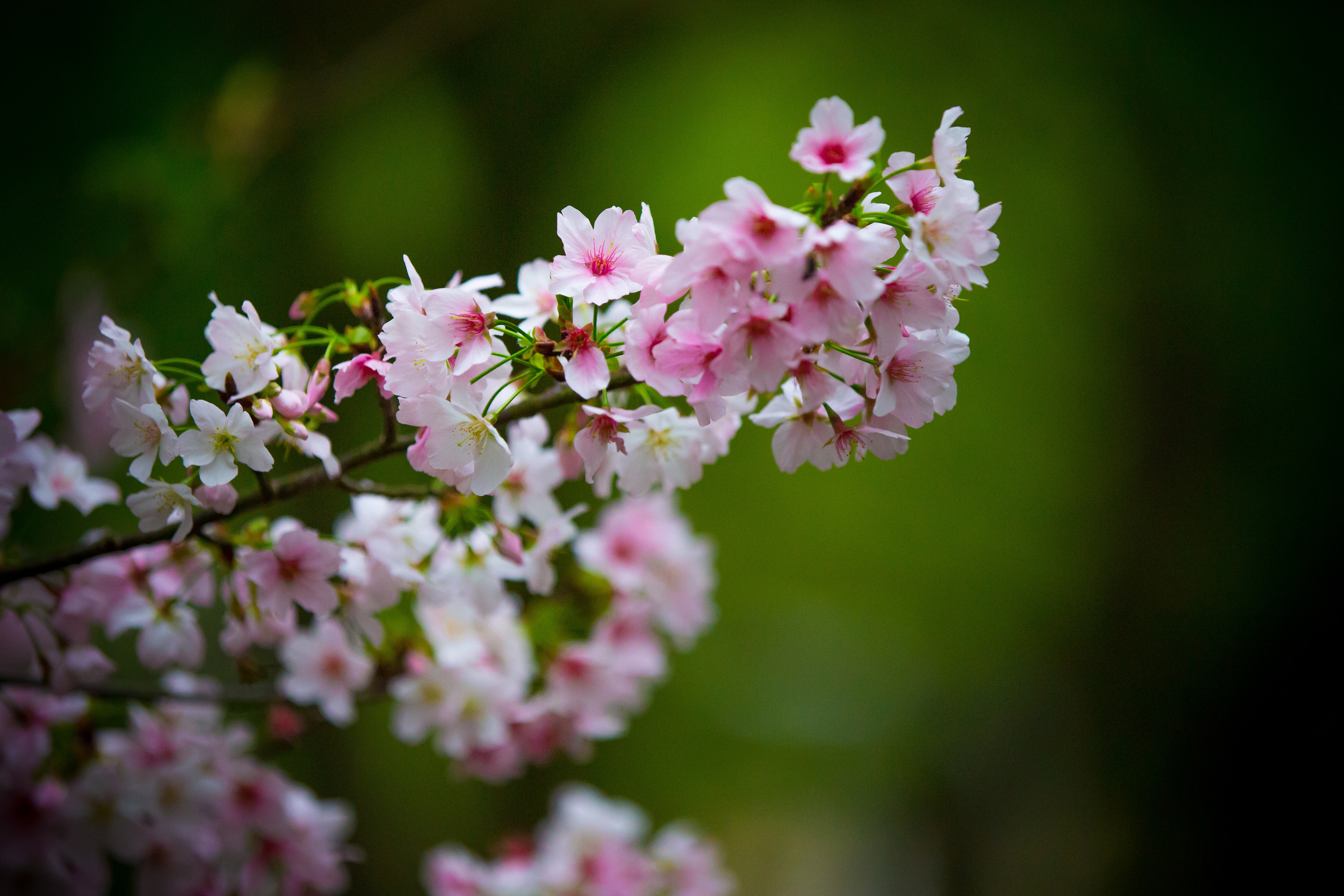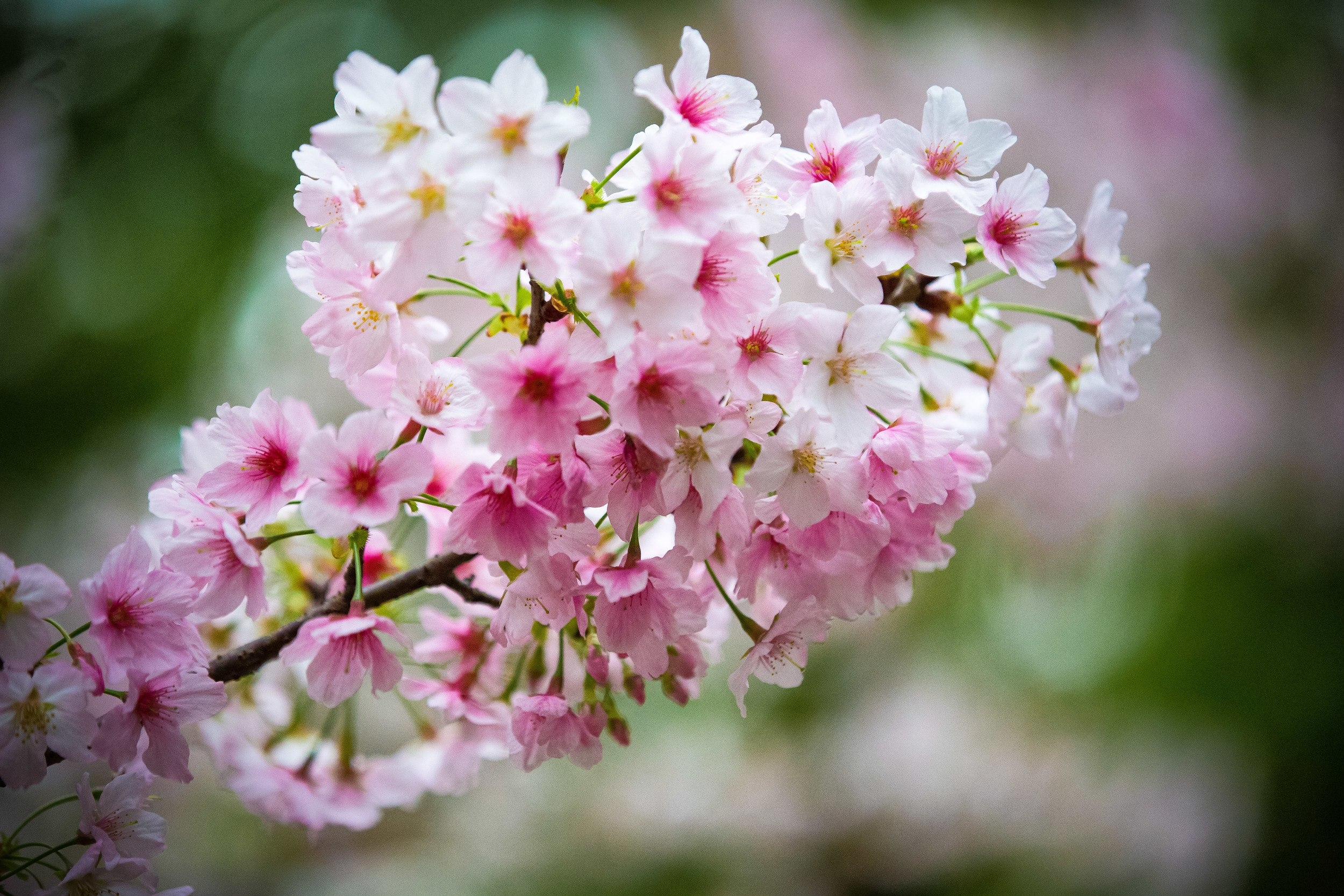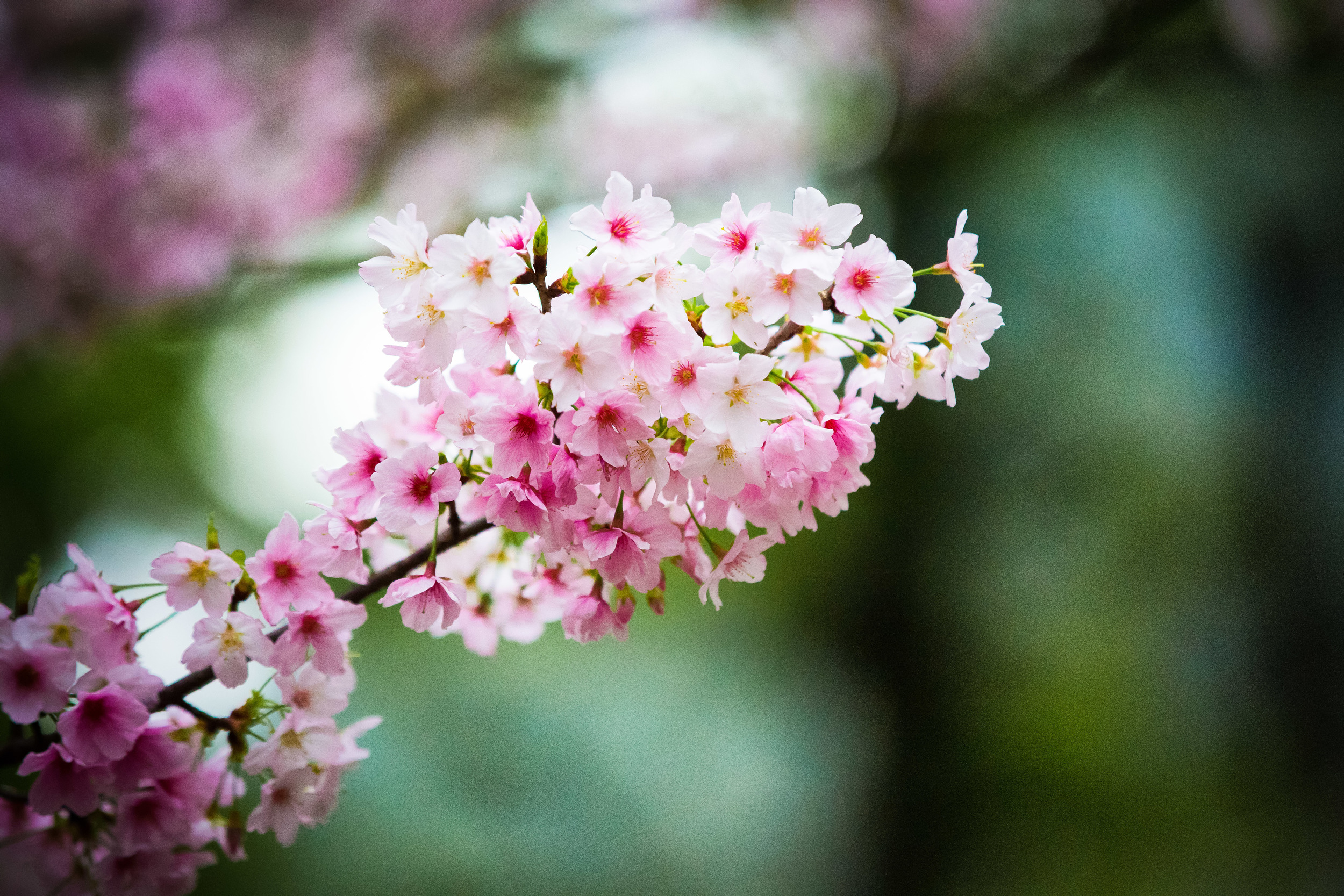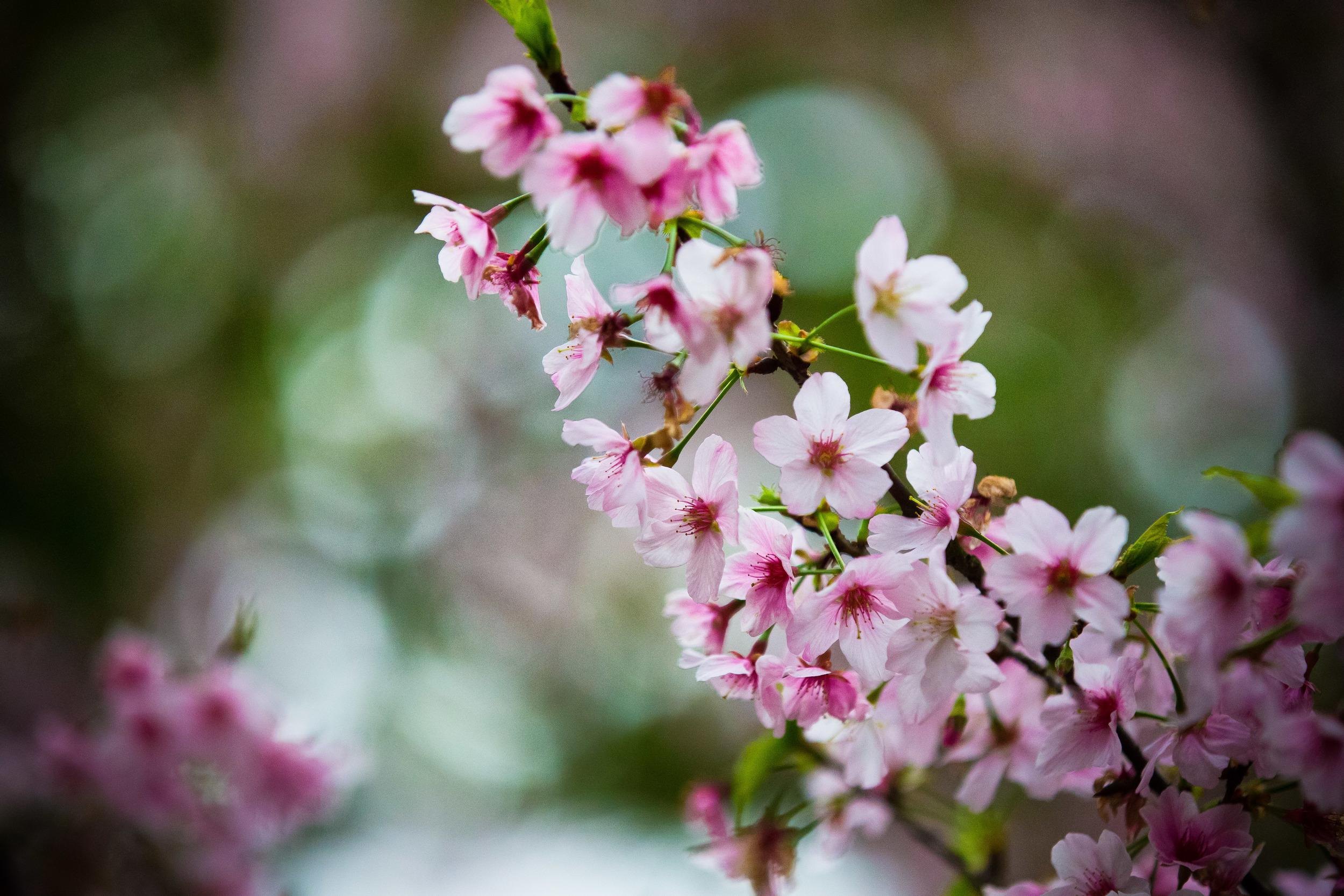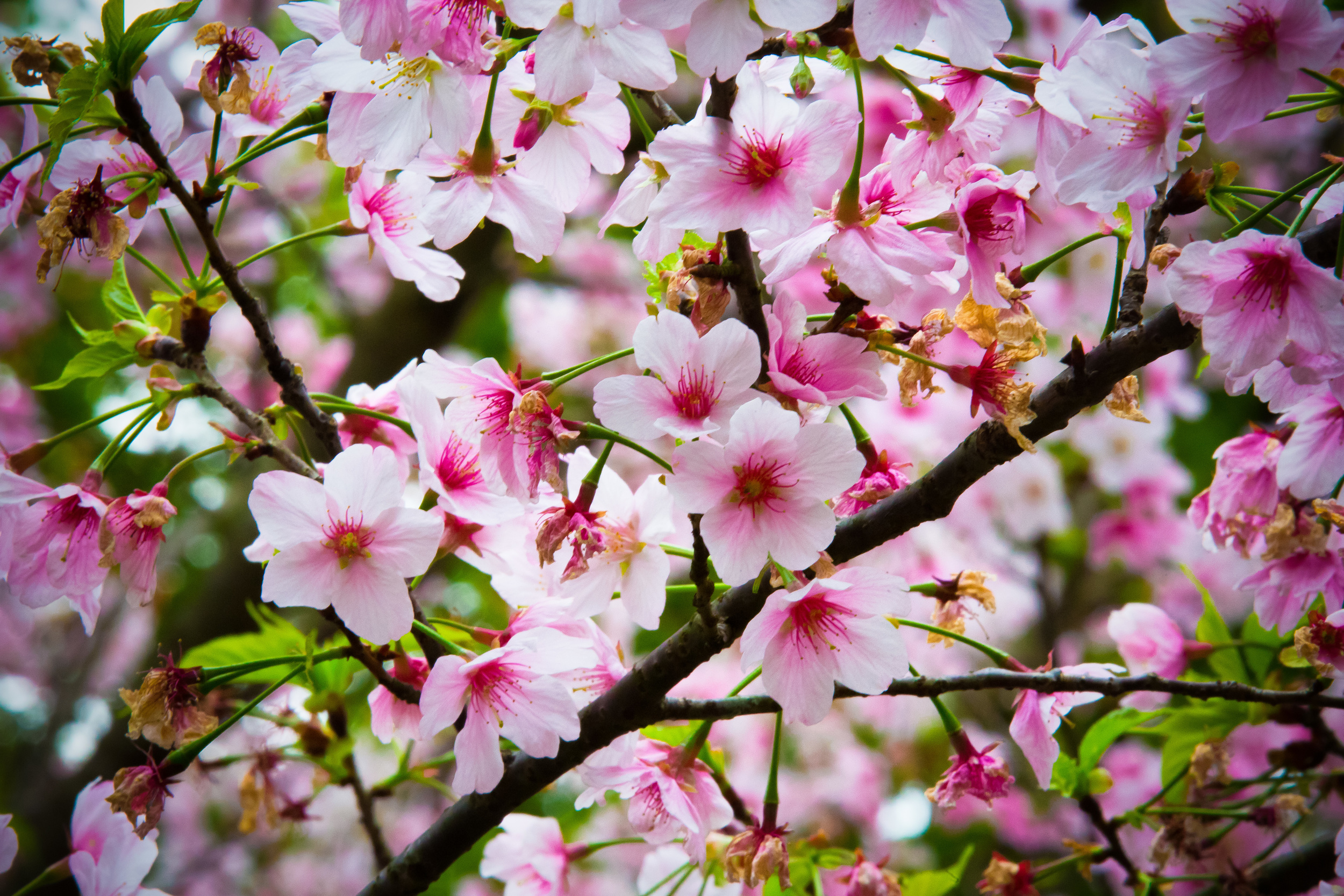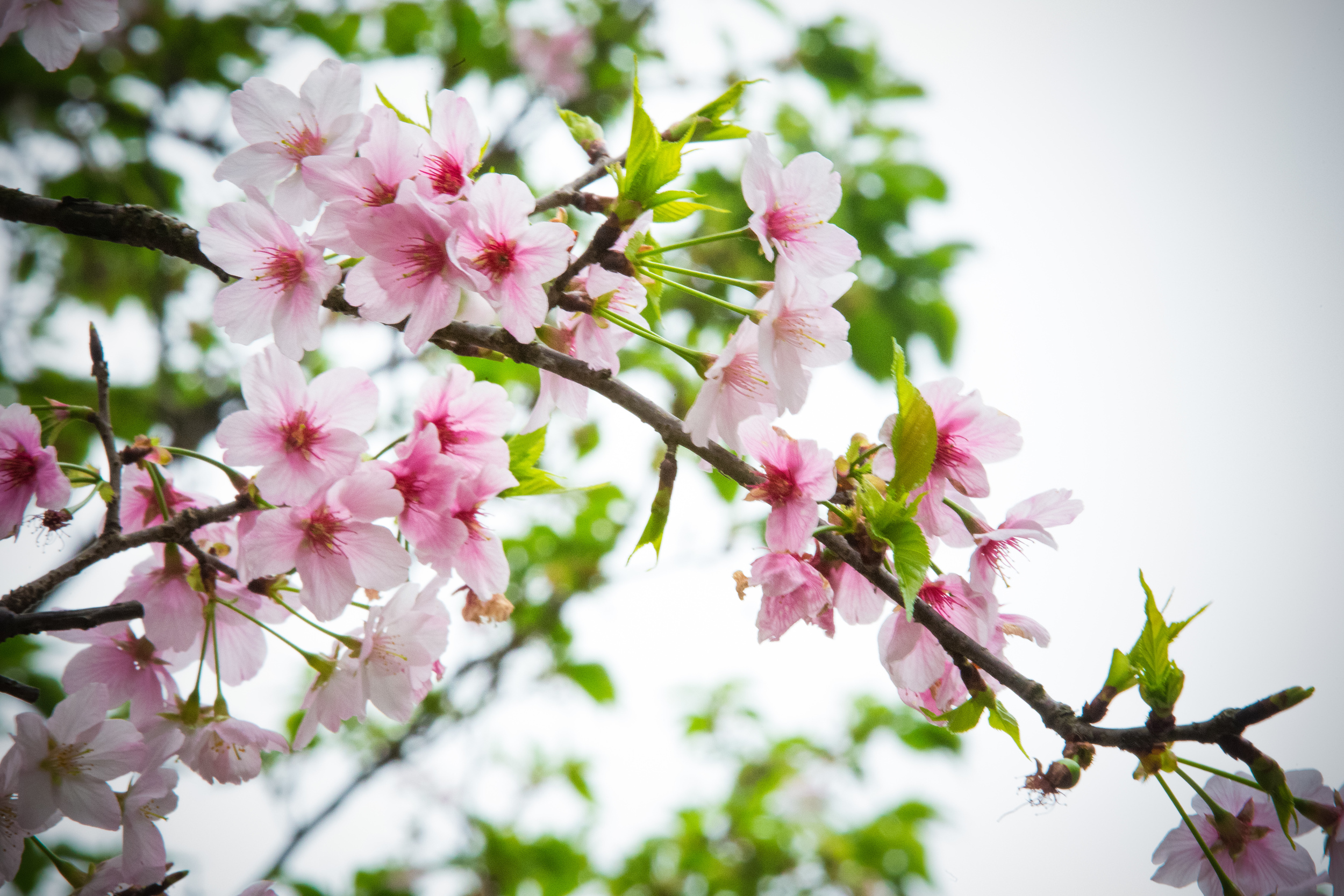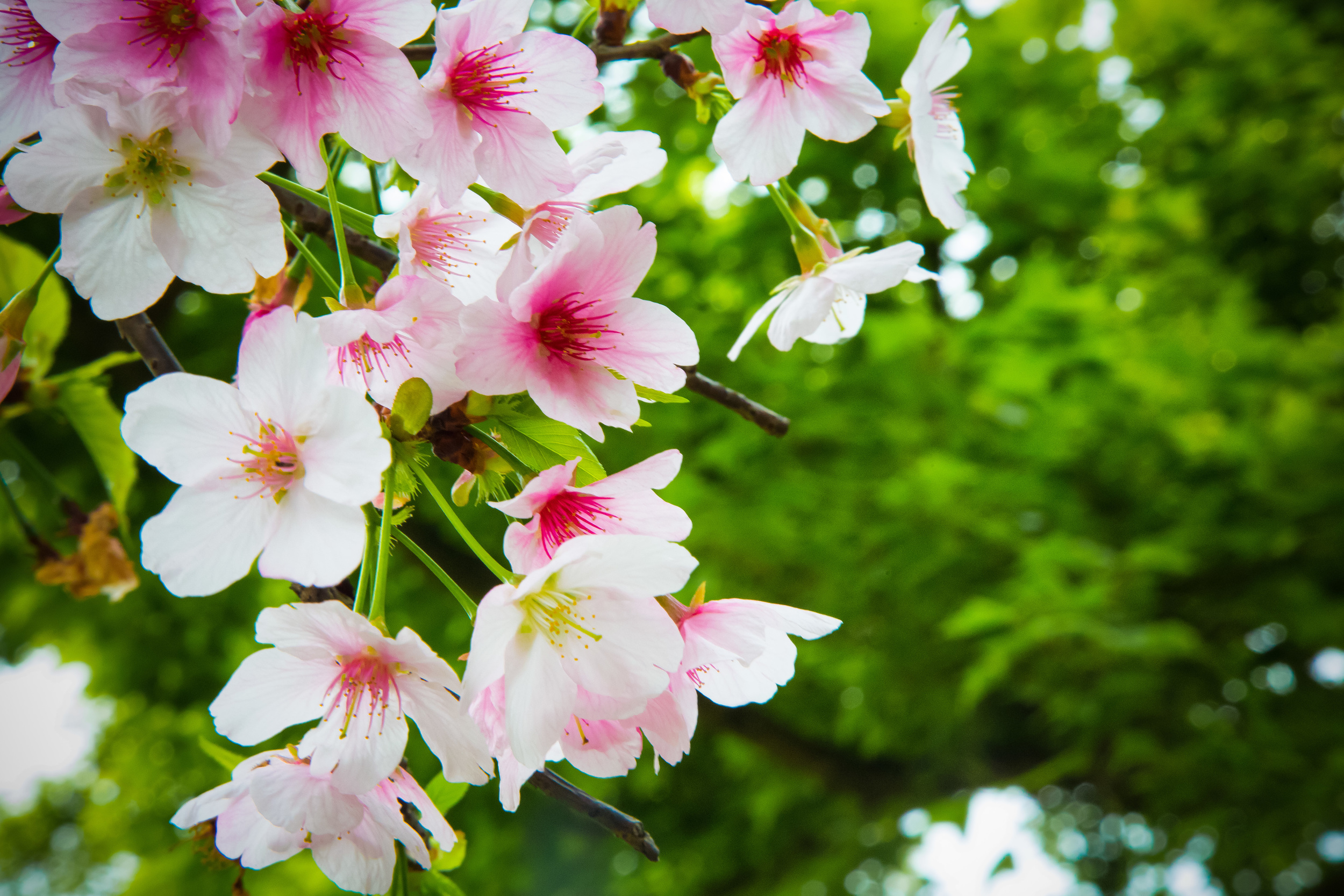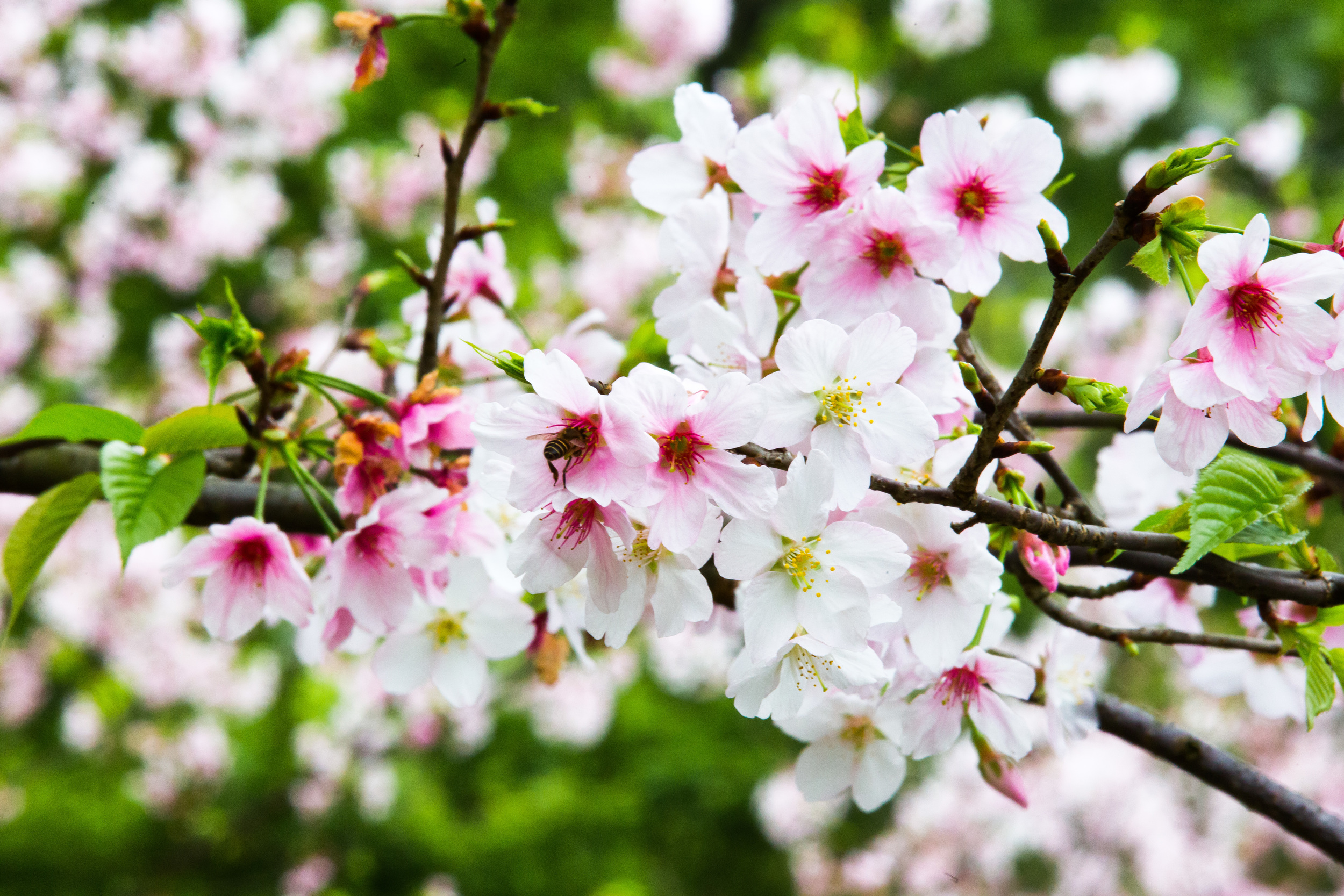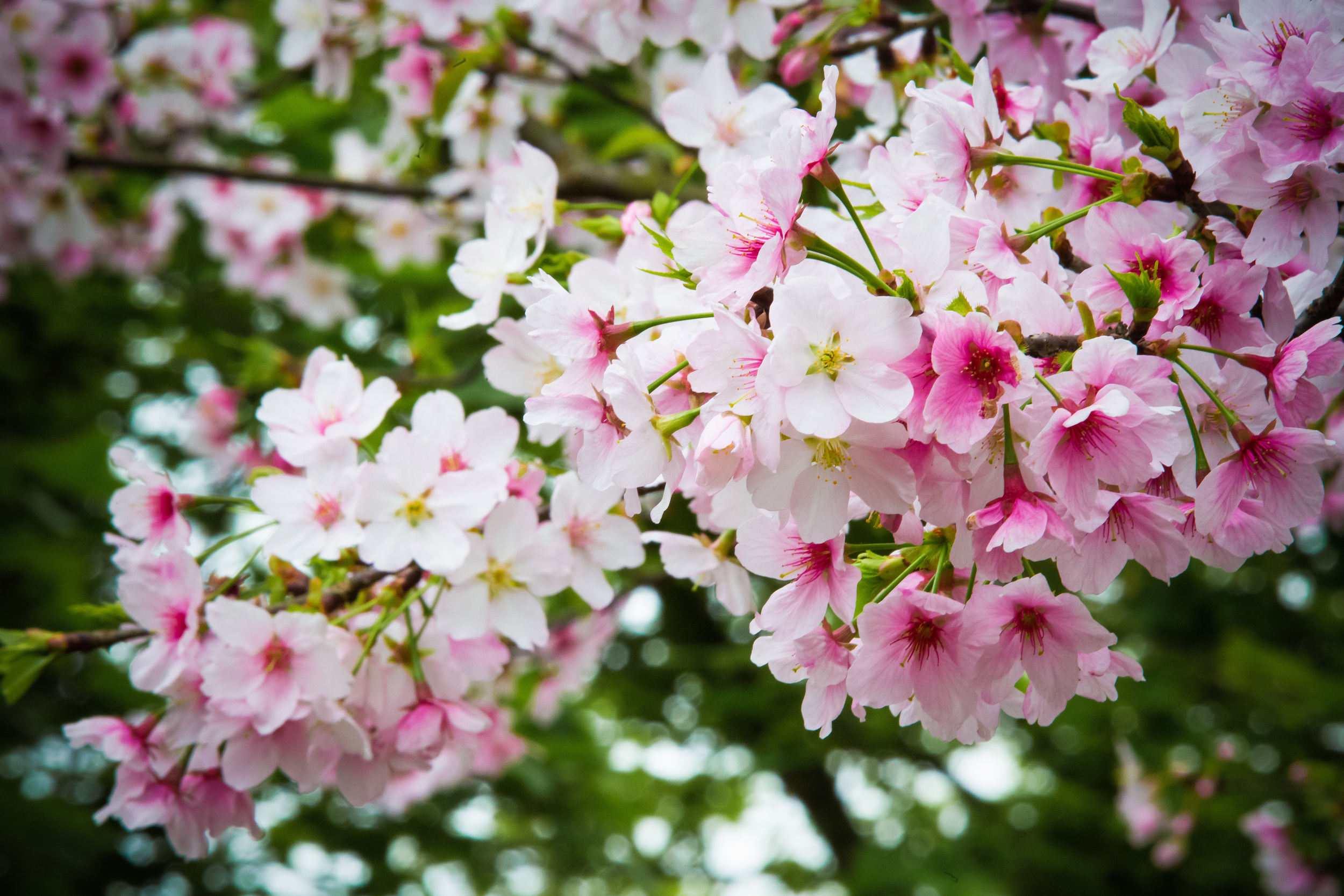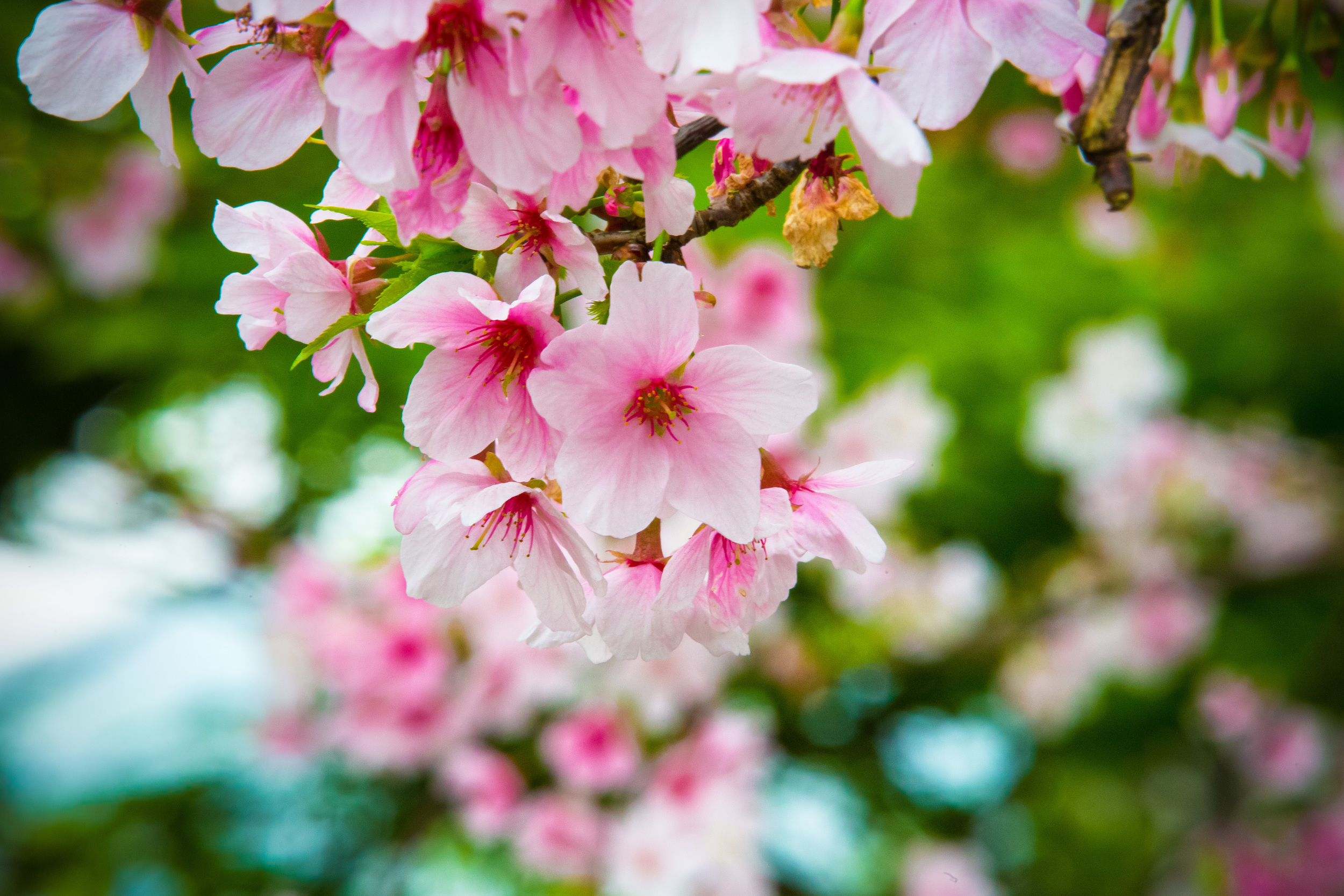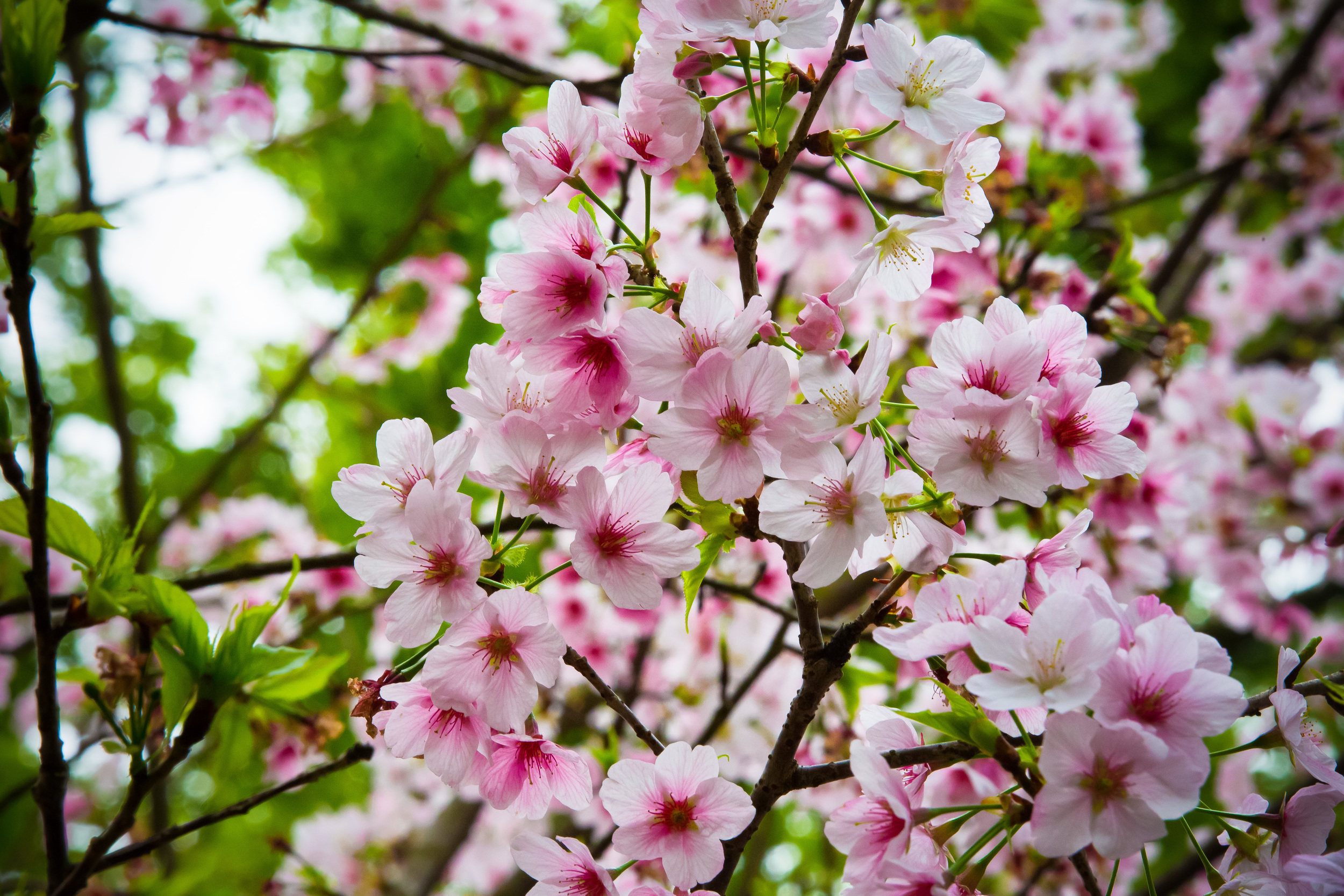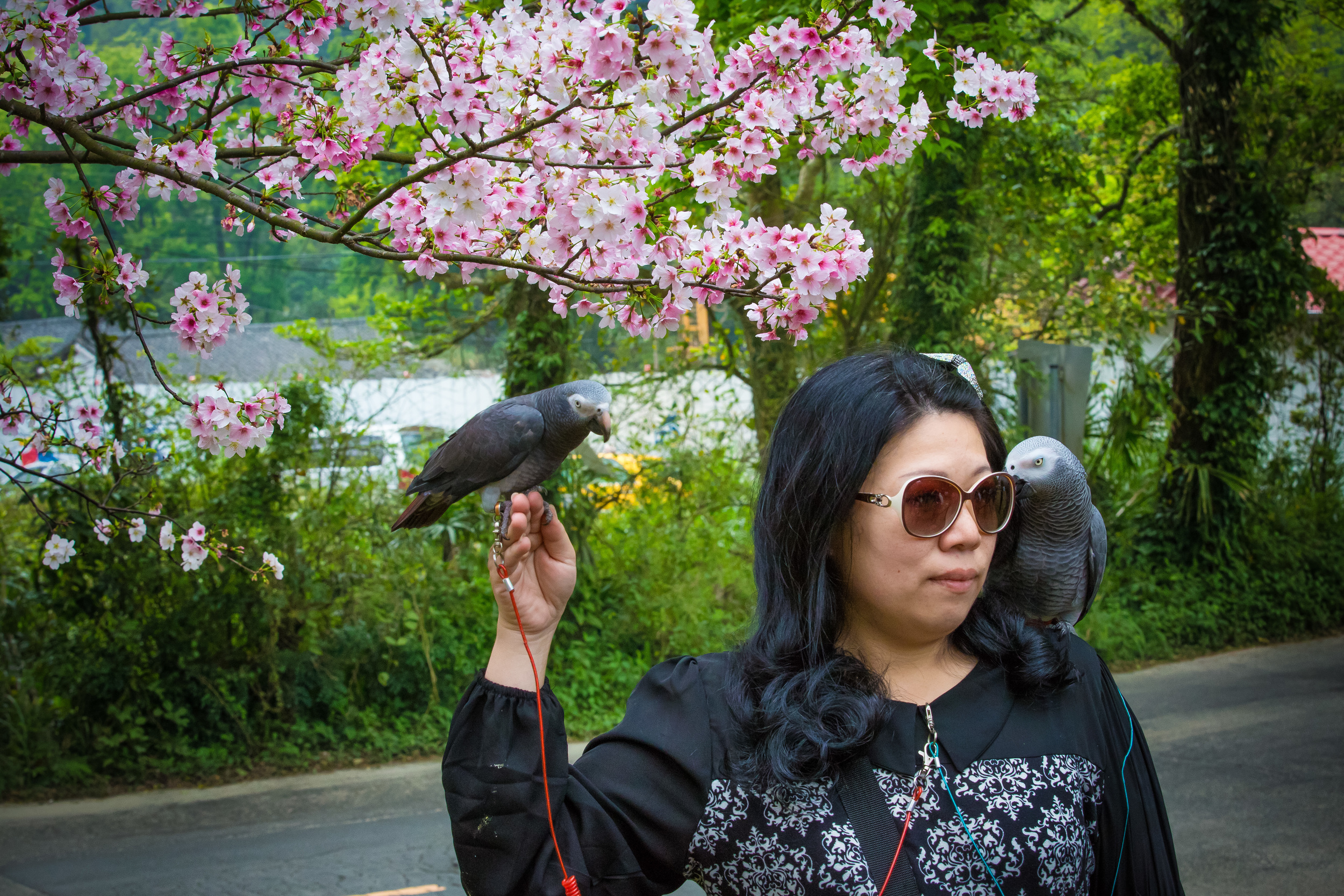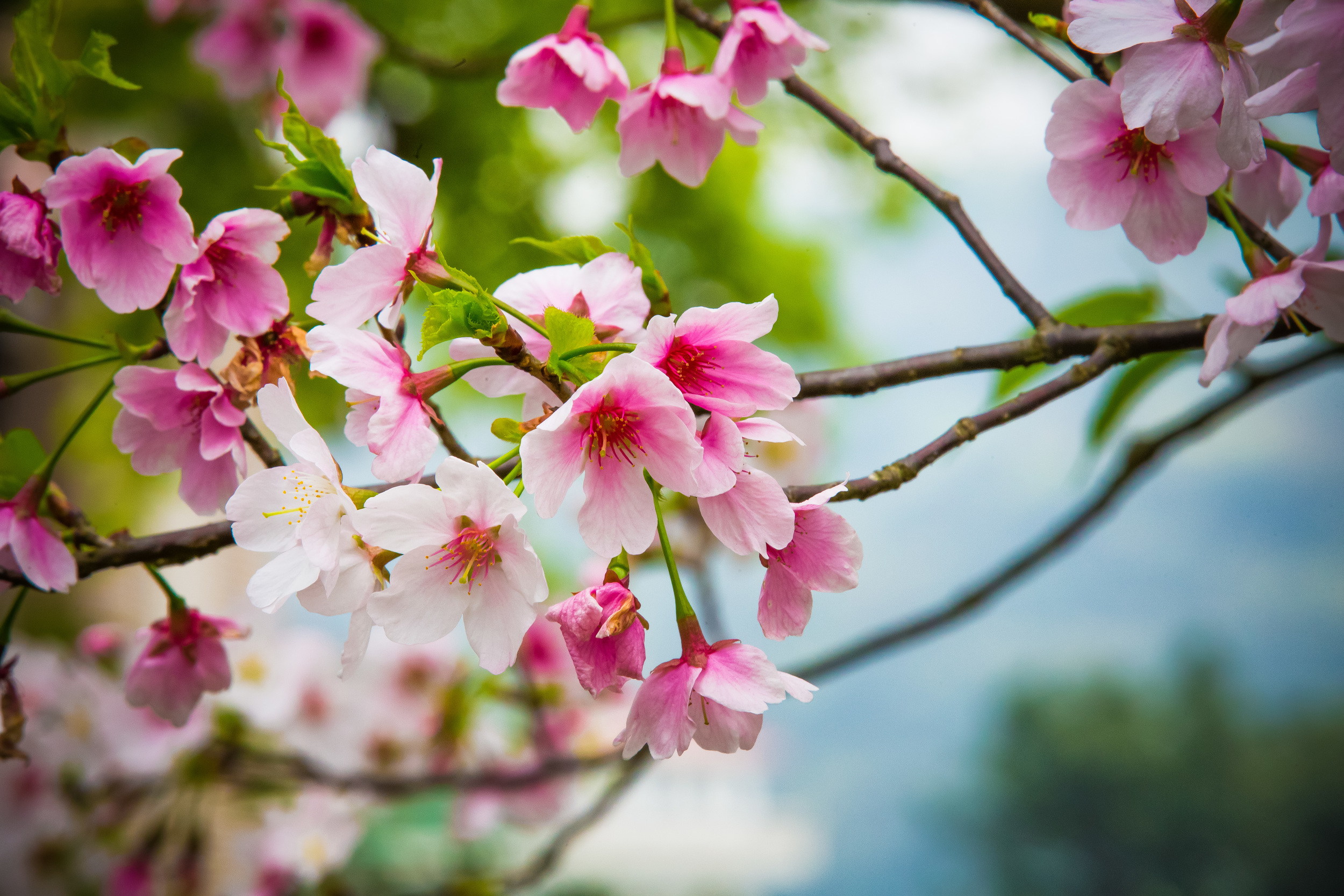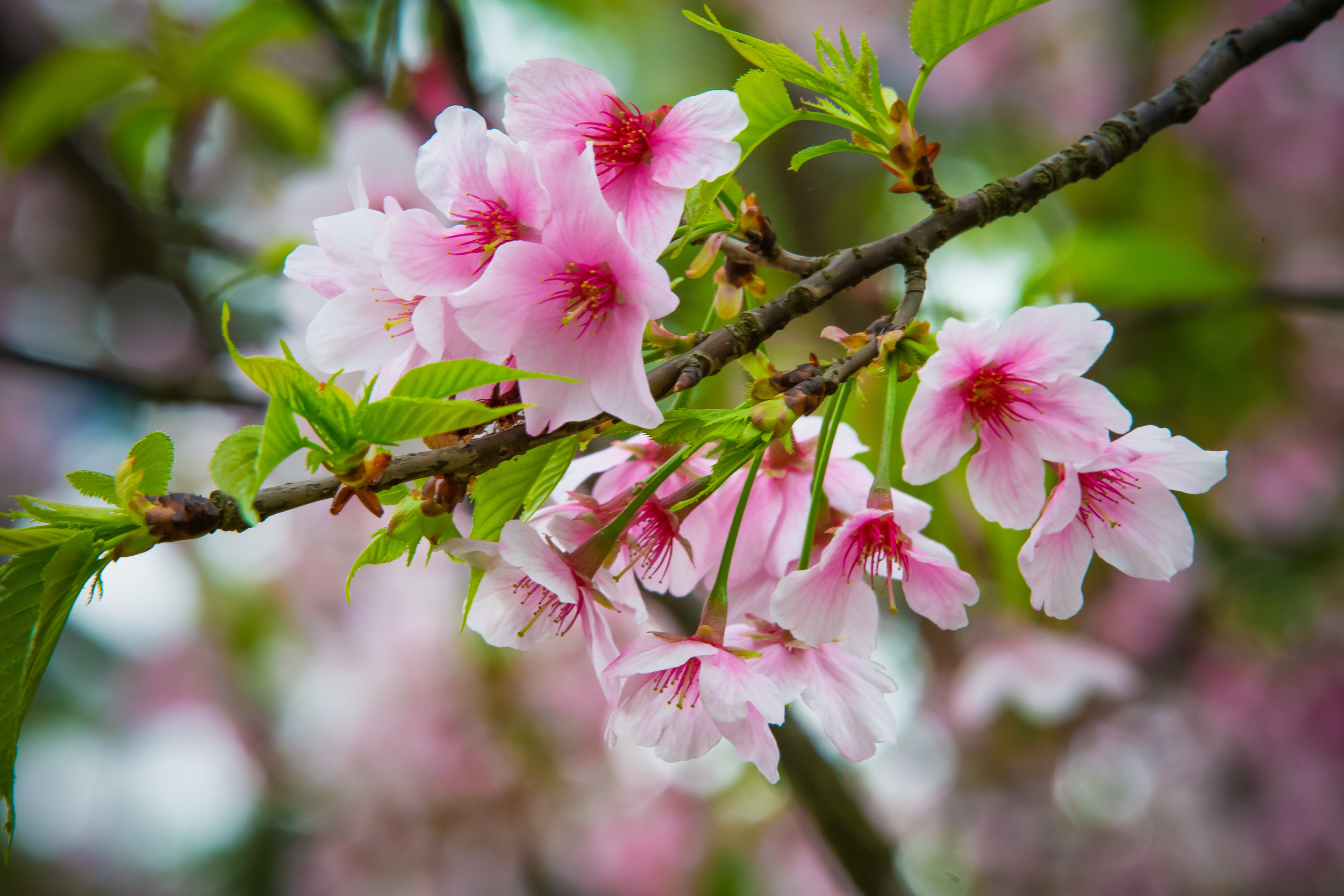I was a little late to the Instagram game but since I started posting photos there over a year ago I've used the platform to not only share photos but also meet up with quite a few well-known Instagrammers as well as used the platform to stay on top of what's happening around the country.
As a social media network, if you take follow the right people, especially here in Taiwan, you're likely to learn about a bunch of new locations and interesting places to take photos. Instagrammers (for the most part) are a special group of photographers that constantly have their fingers on the pulse of what's viral in photography not only here in Taiwan but all over the world.
In recent months I have paid close attention to some of the places that have become Insta-popular for the Instagrammers of Taiwan and have visited on my own and blogged about them.
These spots have included mountains like Kite Mountain (鳶山) and Jinmian Mountain (金面山) as well as scenic locations like the one just outside of Beipu where Taiwanese Cypress trees grow and we're in the process of changing colours.
If you pay attention there is always something interesting to learn.
Thanks to Instagram I have added quite a few locations to my list of places and always feel inspired when I see photography thriving within social communities.
Today's post is about one of those hot spots - A beautiful valley that sits between the mountains and the ocean and has the added feature of being the home for a bunch of wild water buffalo.
Water Buffalo Valley (水牛坑) sits alongside the West Coast Expressway (西部濱海快速公路) and is easily accessible for anyone who wants to visit.
The valley is popular not only for its scenic landscape but also for the docile and human-friendly water buffalo that graze on the grounds.
When something goes viral in Taiwan, the local media isn't far behind looking for a scoop and in this case several articles have been published about the area fueling the popularity of this small tourist attraction over the past few months.
Dubbed the Taiwanese "Grand Canyon" (大峽谷), the small valley has become an instant hit with both the young and old of Taiwan who come for the scenery but also to take selfies with the water buffalo who graze and enjoy the sun in the valley.
Whomever in the media decided to dub the place "Taiwan's Grand Canyon" is probably missing a brain cell or two though because there is very little in terms of similarities between this place and the actual Grand Canyon.
I'm guessing that whoever gave it the nickname "Grand Canyon" has never been to the actual Grand Canyon nor have they seen any pictures of it.
This type of behaviour isn't really a new thing with the Taiwanese media which has a habit of naming Taiwan's beautiful landscapes after places in other parts of the world as of Taiwan's tourist spots were somehow inferior to those overseas.
Examples of this behaviour are when people refer to Shifen Waterfall as the "Niagara of Taiwan" or Qing Jing Farm (清境農場) as the "Swiss Alps of Taiwan" or Yushan (玉山) as the "Mount Fuji of Taiwan".
It seems that when the media compares a tourist spot to somewhere else around the world, it suddenly makes that place more attractive.
As far as I'm concerned, Taiwan doesn't have to compare itself to anywhere else in the world.
As a person who comes from a country that is often considered one of the 'most beautiful' countries in the world, I can attest that Taiwan has a lot going for it and the natural beauty of this country offers so much to visitors.
Even after a decade of living here I haven't seen everything that I want to see and no silly comparisons are necessary.
Anyway, back to the Water Buffalo Valley.
Before I start, I suppose I should probably explain my reasoning as to why I call it "Water Buffalo Valley."
There isn't actually an English name for this place and I was at a bit of a loss of words for what to actually call it.
The problem with the English translation of the name lies not with the "水牛" part which directly translates as "Water Buffalo" but with the "坑" part which refers to a "pit" or a "hole".
This place isn't really a 'pit' or a 'hole', but more like an actual valley that sits between mountains and the west coast of the country.
If you can come up with a better name, let me know in the comments below - I'll gladly change it!
From what I've seen there are a couple of reasons why this place has become so popular as of late:
The Landscape
The landscape of this area is a bit different than what you'd typically see in a mountainous area in Taiwan. There are a few reasons that the valley looks like this - First, it is likely a result of a mixture of erosion and weathering due to its geographic location in a cove next to the ocean.
It is also possible that the mountain was once much larger than it is today and was dug up for purposes of making cement.
The nearby industrial area full of cement trucks and the dirt roads that lead further up into the mountains are likely evidence enough of that.
Nevertheless, the shape of the mountain and the way that it looks like it was cut on one side shows allows for some good looking photos with a colour that I suppose could be interpreted as looking something like the Grand Canyon if you have a really good imagination.
The Cows
The water buffalo that roam freely through the valley are probably the main attraction to people who want to visit the area. The cows are quite docile and seem like they're used to human contact.
They're wild animals though, so I wouldn't recommend pissing them off.
For the most part the cows move around really slowly and spend most of their time grazing or taking a dip in the two small lakes. They pose for photos pretty well and confusingly gaze at the young girls who strike up their strange 'Instagram poses' next to them.
As a viral location there are a few areas with this place that I think will eventually become issues. The first is that the mountain isn't particularly stable - I walked up to the top of it and looked over the ledge and felt that the ground beneath me wasn't particularly strong enough to support the amount of tourists walking up and down it.
I imagine that if quite a few people are walking up and down the mountain that eventually something might happen which will cause the land owners or the local authorities to shut it down.
The next issue has to do with the cows - The water buffalo are quite docile. They don't move very quickly and they're more interested in grazing than they are the people who are hanging out on their turf.
The problem is that even though these animals are docile, they are also naturally protective of each other - If someone shows up and starts bullying or chasing around one of the young calves then I imagine that one of the bulls might take exception to that and take care of the situation.
While I was visiting a mother and grandma showed up with their two boys and started chasing around a calf which started calling towards its mother and tried to escape to safety.
For the most part it isn't common for people in Taiwan to come in contact with wild animals like this and I assume that because of this they don't really know how to react when they see them.
On the day I went not only the two boys were chasing the calf but so was the mother and the grandma - This type of behaviour will eventually result in someone getting hurt and having the place shut down.
In both cases, I hope neither happens but with the sudden popularity of the spot and the amount of people showing up on a daily basis, an accident is bound to happen. If you do visit, please remember to respect the animals in their natural environment and also be careful walking up the slope.
Getting there
Getting to the valley can be a bit difficult if you don't have your own means of transportation. If you are driving a car or a scooter all you have to do is get to the West Coast Highway and you'll eventually arrive.
If you're coming from Taipei you'll have to pass the valley and make a U-Turn at some point as you can't cross the busy divided highway.
If you need to rely on public transportation to get there, I think the best way to get there is to probably take a YouBike from Guandu MRT station and cross the Guandu bridge and follow the coastal highway until you arrive. It may take you more than an hour to get there but at least the route is scenic.
The other way to get there is to take bus F236 from Linkou and back the bus only runs five times a day (during the weekend) and you might end up getting stuck in the middle of nowhere for a while if you do take it.
The valley is a pretty cool place to visit and if you're into Instagram, it has become one of those go-to places to visit as of late.
Even if you're not an Instagrammer, it is a cool place to visit with the mountain, the cows and nice views of the ocean.
If you plan on visiting, remember that it likely will be quiet crowded on the weekend and that you should make sure that you don't bother the animals or get hurt.
Gallery / Flickr (High Res Shots)
